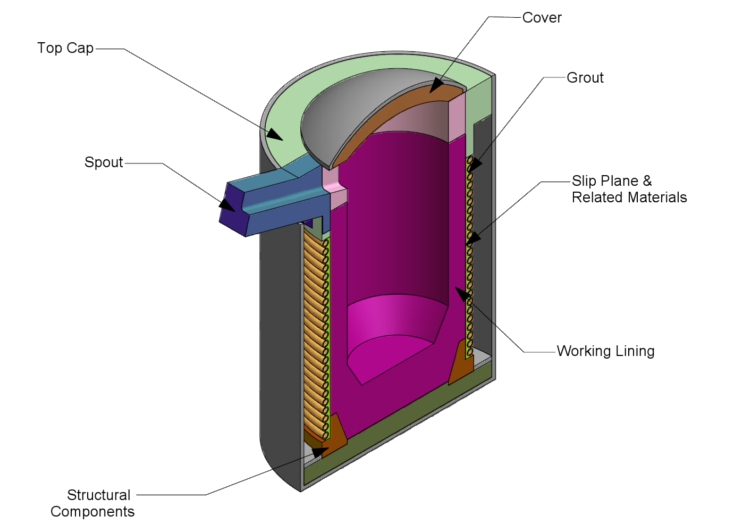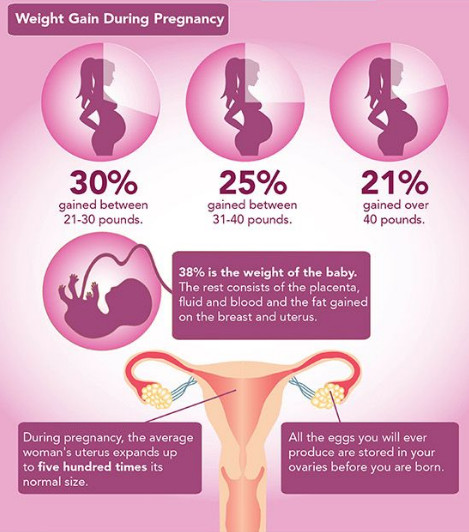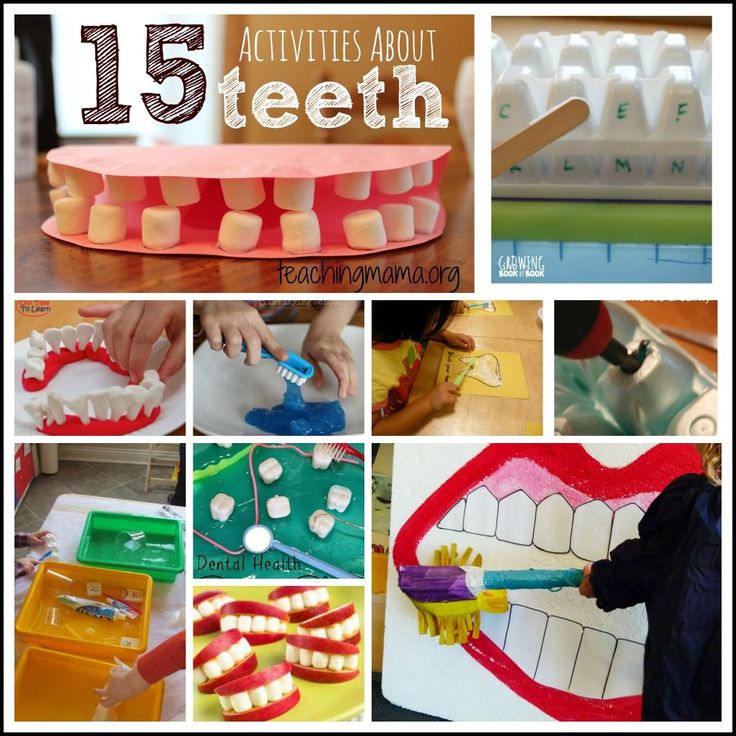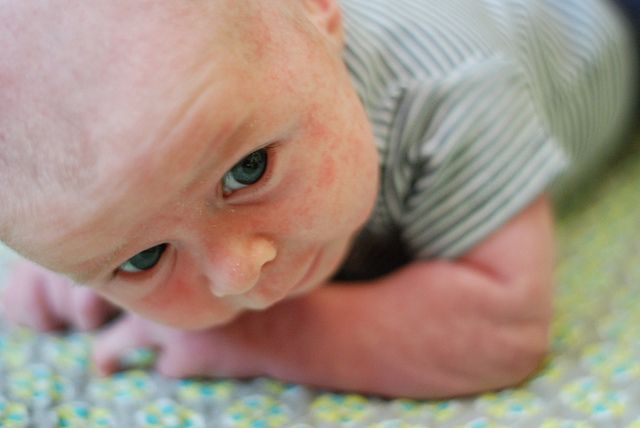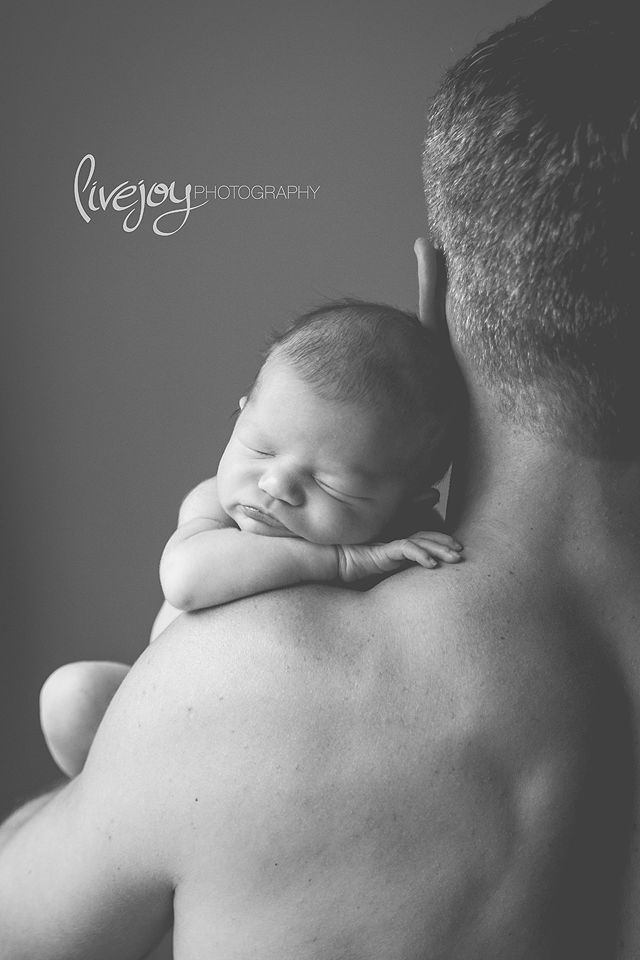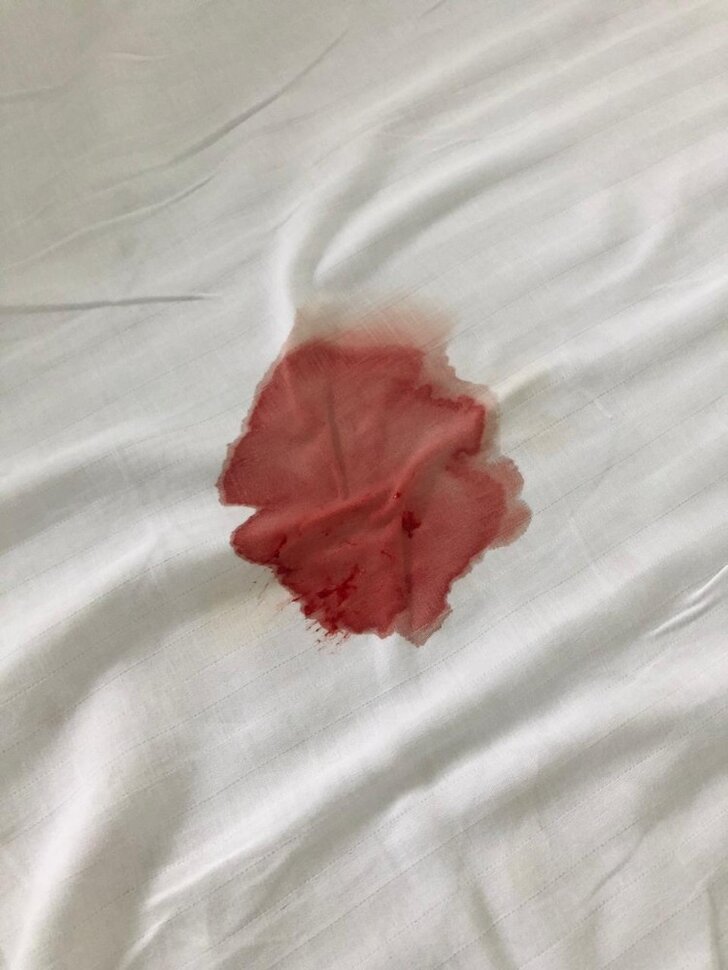Where do babies form
Fetal development: Month-By-Month Stages of Pregnancy
When does a pregnancy start?
The start of pregnancy is actually the first day of your last menstrual period. This is called the gestational age, or menstrual age. It’s about two weeks ahead of when conception actually occurs. Though it may seem strange, the date of the first day of your last period will be an important date when determining your due date. Your healthcare provider will ask you about this date and will use it to figure out how far along you are in your pregnancy.
How does conception work?
Each month, your body goes through a reproductive cycle that can end in one of two ways. You will either have a menstrual period or become pregnant. This cycle is continuously happening during your reproductive years — from puberty in your teen years to menopause around age 50.
In a cycle that ends with pregnancy, there are several steps. First, a group of eggs (called oocytes) gets ready to leave the ovary for ovulation (release of the egg). The eggs develop in small, fluid-filled cysts called follicles. Think of these follicles as small containers for each immature egg. Out of this group of eggs, one will become mature and continue on through the cycle. This follicle then suppresses all the other follicles in the group. The other follicles stop growing at this point.
The mature follicle now opens and releases the egg from the ovary. This is ovulation. Ovulation generally happens about two weeks before your next menstrual period begins. It’s generally in the middle of your cycle.
After ovulation, the opened (ruptured) follicle develops into a structure called the corpus luteum. This secretes (releases) the hormones progesterone and estrogen. Progesterone helps prepare the endometrium (lining of the uterus). This lining is the place where a fertilized egg settles to develop. If you don’t become pregnant during a cycle, this lining is what is shed during your period.
On average, fertilization happens about two weeks after your last menstrual period.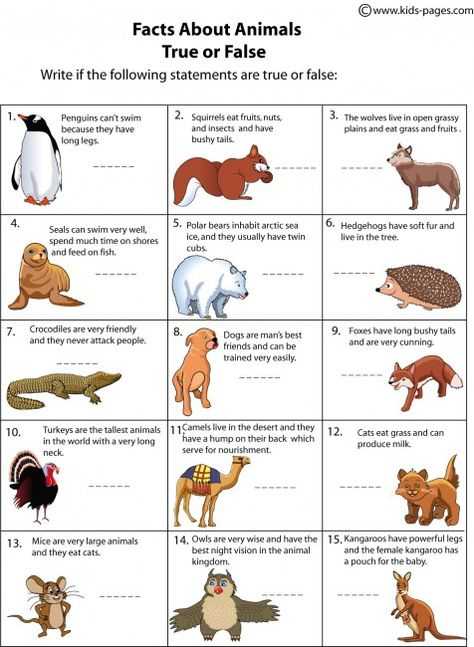 When the sperm penetrates the egg, changes occur in the protein coating of the egg to prevent other sperm from entering.
When the sperm penetrates the egg, changes occur in the protein coating of the egg to prevent other sperm from entering.
At the moment of fertilization, your baby’s genetic make-up is complete, including its sex. The sex of your baby depends on what sperm fertilizes the egg at the moment of conception. Generally, women have a genetic combination of XX and men have XY. Women provide each egg with an X. Each sperm can be either an X or a Y. If the fertilized egg and sperm is a combination of an X and Y, it’s a boy. If there are two Xs, it’s a girl.
What happens right after conception?
Within 24 hours after fertilization, the egg begins rapidly dividing into many cells. It remains in the fallopian tube for about three days after conception. Then the fertilized egg (now called a blastocyte) continues to divide as it passes slowly through the fallopian tube to the uterus. Once there, its next job is to attach to the endometrium. This is called implantation.
Before implantation though, the blastocyte breaks out of its protective covering. When the blastocyte makes contact with the endometrium, the two exchange hormones to help the blastocyte attach. Some women notice spotting (slight bleeding) during the one or two days when implantation happens. This is normal and isn’t something you should worry about. At this point, the endometrium becomes thicker and the cervix (the opening between your uterus and birth canal) is sealed by a plug of mucus.
When the blastocyte makes contact with the endometrium, the two exchange hormones to help the blastocyte attach. Some women notice spotting (slight bleeding) during the one or two days when implantation happens. This is normal and isn’t something you should worry about. At this point, the endometrium becomes thicker and the cervix (the opening between your uterus and birth canal) is sealed by a plug of mucus.
Within three weeks, the blastocyte cells ultimately form a little ball, or an embryo. By this time, the first nerve cells have formed.
Your developing fetus has already gone through a few name changes in the first few weeks of pregnancy. Generally, it's called an embryo from conception until the eighth week of development. After the eighth week, it's called a fetus until it’s born.
How early can I know I’m pregnant?
From the moment of conception, the hormone human chorionic gonadotrophin (hCG) will be present in your blood. This hormone is created by the cells that form the placenta (food source for the growing fetus).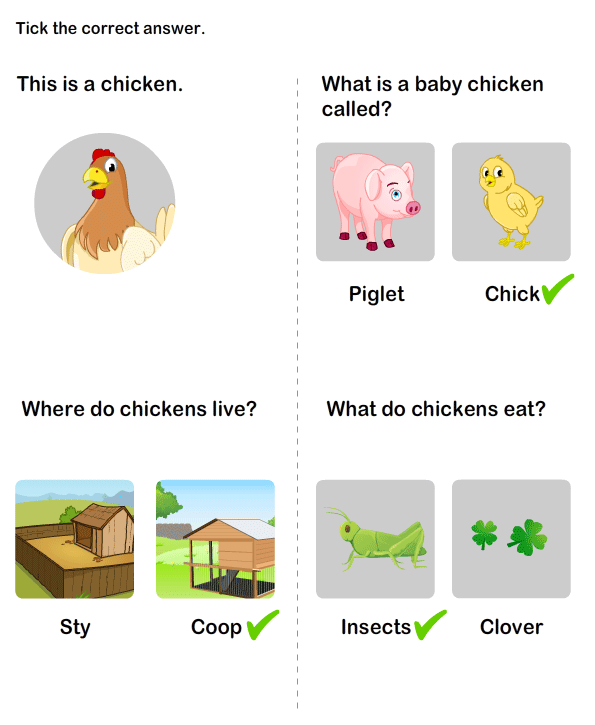 It’s also the hormone detected in a pregnancy test. Even though this hormone is there from the beginning, it takes time for it to build within your body. It typically takes three to four weeks from the first day of your last period for the hCG to increase enough to be detected by pregnancy tests.
It’s also the hormone detected in a pregnancy test. Even though this hormone is there from the beginning, it takes time for it to build within your body. It typically takes three to four weeks from the first day of your last period for the hCG to increase enough to be detected by pregnancy tests.
When should I reach out to my healthcare provider about a new pregnancy?
Most healthcare providers will have you wait to come in for an appointment until you have had a positive home pregnancy test. These tests are very accurate once you have enough hCG circulating throughout your body. This can be a few weeks after conception. It’s best to call your healthcare provider once you have a positive pregnancy test to schedule your first appointment.
When you call, your healthcare provider may ask you if you are taking a prenatal vitamin. These supplements contain folic acid. It’s important that you get at least 400mcg of folic acid each day during a pregnancy to make sure the fetus's neural tube (beginning of the brain and spine) develops correctly.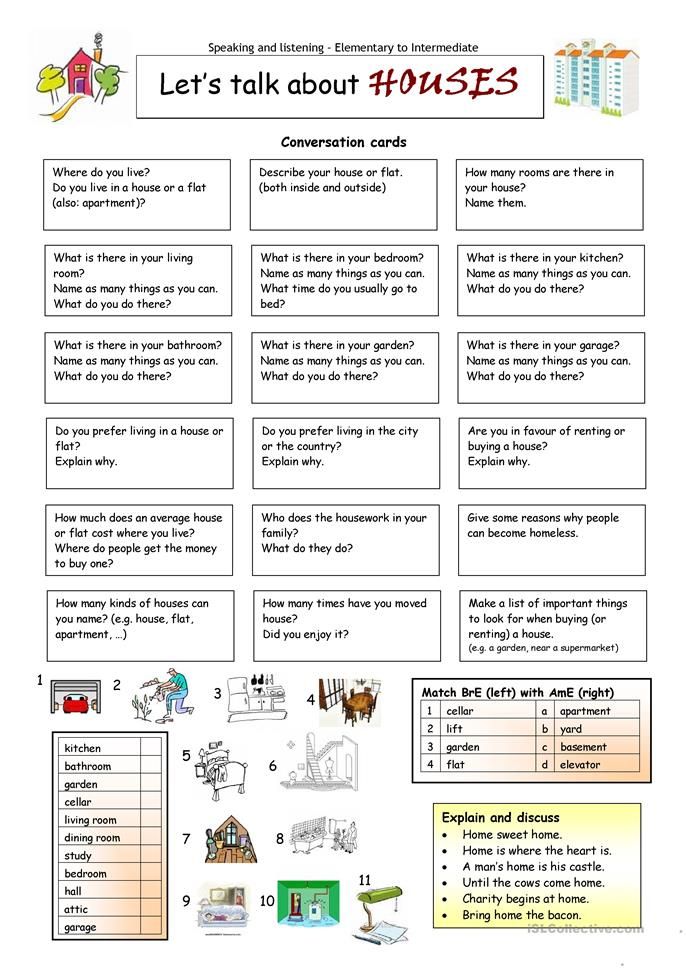 Many healthcare providers suggest that you take prenatal vitamins with folic acid even when you aren’t pregnant. If you weren’t taking prenatal vitamins before your pregnancy, your provider may ask you to start as early as possible.
Many healthcare providers suggest that you take prenatal vitamins with folic acid even when you aren’t pregnant. If you weren’t taking prenatal vitamins before your pregnancy, your provider may ask you to start as early as possible.
What’s the timeline for fetal development?
The fetus will change a lot throughout a typical pregnancy. This time is divided into three stages, called trimesters. Each trimester is a set of about three months. Your healthcare provider will probably talk to you about fetal development in terms of weeks. So, if you are three months pregnancy, you are about 12 weeks.
You will see distinct changes in the fetus, and yourself, during each trimester.
Traditionally, we think of a pregnancy as a nine-month process. However, this isn’t always the case. A full-term pregnancy is 40 weeks, or 280 days. Depending on what months you are pregnant during (some are shorter and some longer) and what week you deliver, you could be pregnant for either nine months or 10 months.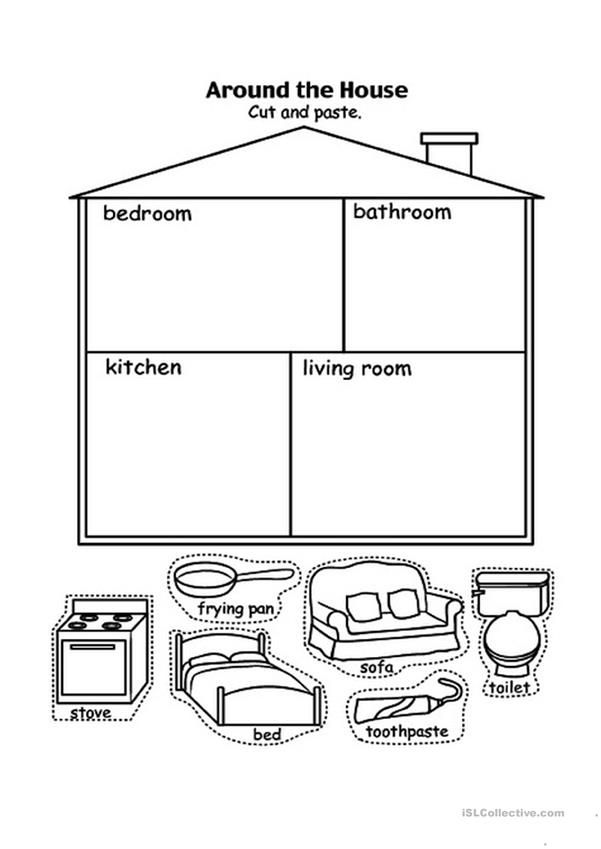 This is completely normal and healthy.
This is completely normal and healthy.
Once you get close to the end of your pregnancy, there are several category names you might hear regarding when you go into labor. These labels divide up the last few weeks of pregnancy. They’re also used to look out for certain complications in newborns. Babies that are born in the early term period or before may have a higher risk of breathing, hearing or learning issues than babies born a few weeks later in the full term time frame. When you’re looking at these labels, it’s important to know how they’re written. You may see the week first (38) and then you’ll see two numbers separated by a slash mark (6/7). This stands for how many days you currently are in the gestational week. So, if you see 38 6/7, it means that you are on day 6 of your 38th week.
The last few weeks of pregnancy are divided into the following groups:
- Early term: 37 0/7 weeks through 38 6/7 weeks.
- Full term: 39 0/7 weeks through 40 6/7 weeks.

- Late term: 41 0/7 weeks through 41 6/7 weeks.
- Post term: 42 0/7 weeks and on.
Talk to your healthcare provider about any questions you may have about gestational age and due date.
Stages of Growth Month-by-Month in Pregnancy
First trimester
The first trimester will span from conception to 12 weeks. This is generally the first three months of pregnancy. During this trimester, the fertilized egg will change from a small grouping of cells to a fetus that is starting to have a baby’s features.
Month 1 (weeks 1 through 4)
As the fertilized egg grows, a water-tight sac forms around it, gradually filling with fluid. This is called the amniotic sac, and it helps cushion the growing embryo.
During this time, the placenta also develops. The placenta is a round, flat organ that transfers nutrients from the mother to the fetus, and transfers wastes from the fetus. Think of the placenta as a food source for the fetus throughout your pregnancy.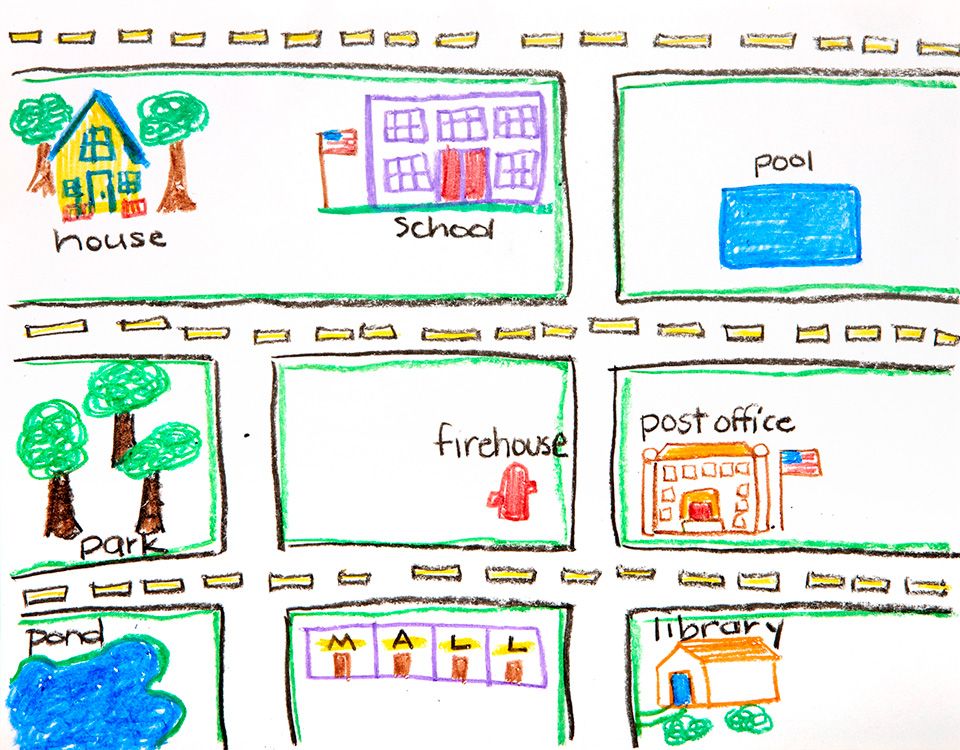
In these first few weeks, a primitive face will take form with large dark circles for eyes. The mouth, lower jaw and throat are developing. Blood cells are taking shape, and circulation will begin. The tiny "heart" tube will beat 65 times a minute by the end of the fourth week.
By the end of the first month, the fetus is about 1/4 inch long – smaller than a grain of rice.
Month 2 (weeks 5 through 8)
Facial features continue to develop. Each ear begins as a little fold of skin at the side of the head. Tiny buds that eventually grow into arms and legs are forming. Fingers, toes and eyes are also forming.
The neural tube (brain, spinal cord and other neural tissue of the central nervous system) is well formed now. The digestive tract and sensory organs begin to develop too. Bone starts to replace cartilage.
The head is large in proportion to the rest of the body at this point. At about 6 weeks, a heartbeat can usually be detected.
After the 8th week, healthcare providers refer to it as a fetus instead of an embryo.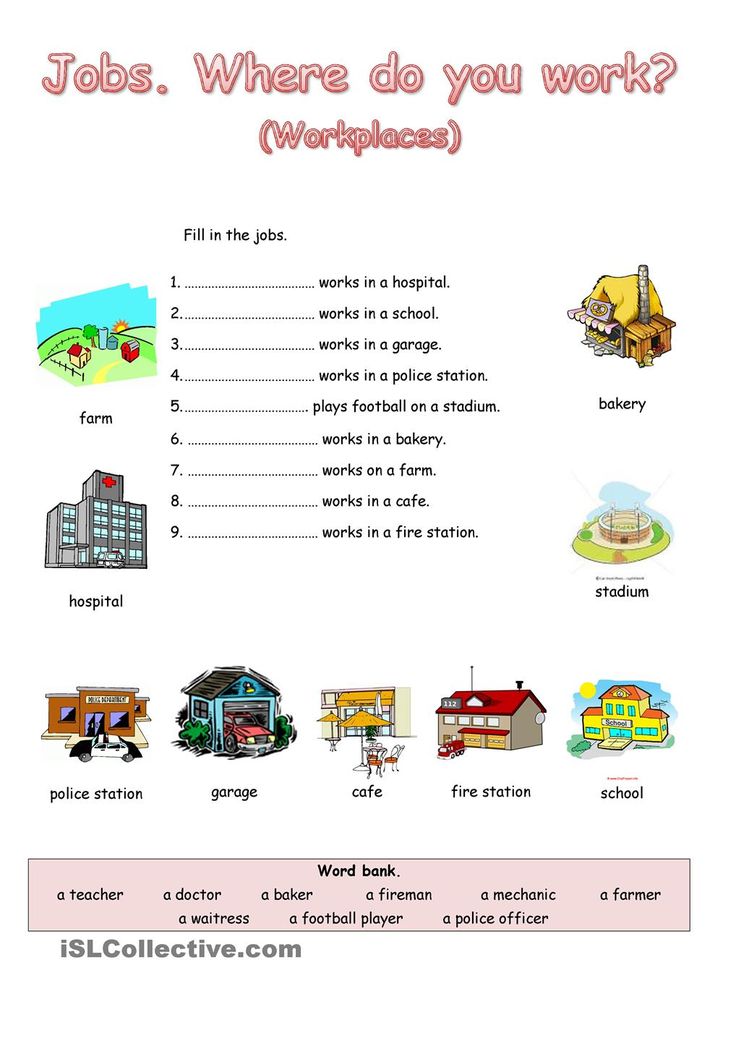
By the end of the second month, the fetus is about 1 inch long and weighs about 1/30 of an ounce.
Month 3 (weeks 9 through 12)
The arms, hands, fingers, feet and toes are fully formed. At this stage, the fetus is starting to explore a bit by doing things like opening and closing its fists and mouth. Fingernails and toenails are beginning to develop and the external ears are formed. The beginnings of teeth are forming under the gums. The reproductive organs also develop, but sex is still difficult to distinguish on ultrasound.
By the end of the third month, the fetus is fully formed. All the organs and limbs (extremities) are present and will continue to develop in order to become functional. The circulatory and urinary systems are also working and the liver produces bile.
At the end of the third month, the fetus is about 4 inches long and weighs about 1 ounce.
Since the most critical development has taken place, your chance of miscarriage drops considerably after three months.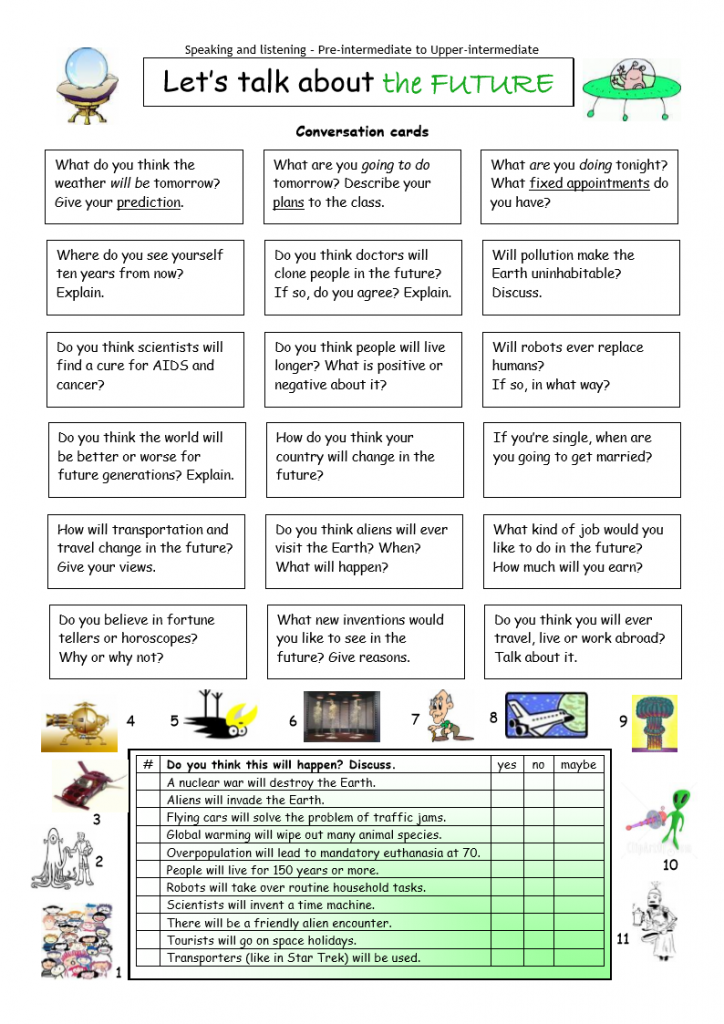
Second trimester
This middle section of pregnancy is often thought of as the best part of the experience. By this time, any morning sickness is probably gone and the discomfort of early pregnancy has faded. The fetus will start to develop facial features during this month. You may also start to feel movement as the fetus flips and turns in the uterus. During this trimester, many people find out whether their baby will be designated male or female at birth. This is typically done during an anatomy scan (an ultrasound that checks physical development) around 20 weeks.
Month 4 (weeks 13 through 16)
The fetal heartbeat may now be audible through an instrument called a doppler. The fingers and toes are well-defined. Eyelids, eyebrows, eyelashes, nails and hair are formed. Teeth and bones become denser. The fetus can even suck his or her thumb, yawn, stretch and make faces.
The nervous system is starting to function. The reproductive organs and genitalia are now fully developed, and your doctor can see on ultrasound if the fetus will be designated male or female at birth.
By the end of the fourth month, the fetus is about 6 inches long and weighs about 4 ounces.
Month 5 (weeks 17 through 20)
At this stage, you may begin to feel the fetus moving around. The fetus is developing muscles and exercising them. This first movement is called quickening and can feel like a flutter.
Hair begins to grow on the head. The shoulders, back and temples are covered by a soft fine hair called lanugo. This hair protects the fetus and is usually shed at the end of your baby's first week of life.
The skin is covered with a whitish coating called vernix caseosa. This "cheesy" substance is thought to protect fetal skin from the long exposure to the amniotic fluid. This coating is shed just before birth.
By the end of the fifth month, the fetus is about 10 inches long and weighs from 1/2 to 1 pound.
Month 6 (weeks 21 through 24)
If you could look inside the uterus right now, you would see that the fetus's skin is reddish in color, wrinkled and veins are visible through translucent skin.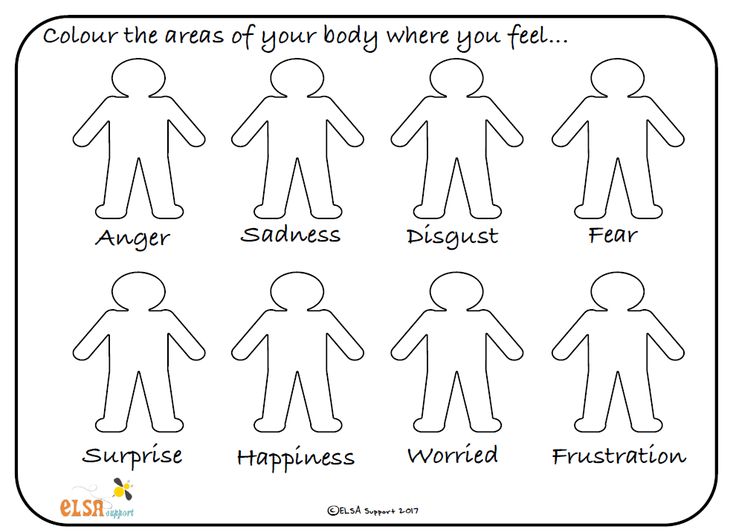 The finger and toe prints are visible. In this stage, the eyelids begin to part and the eyes open.
The finger and toe prints are visible. In this stage, the eyelids begin to part and the eyes open.
The fetus responds to sounds by moving or increasing the pulse. You may notice jerking motions if the fetus hiccups.
If born prematurely, your baby may survive after the 23rd week with intensive care.
By the end of the sixth month, the fetus is about 12 inches long and weighs about 2 pounds.
Month 7 (weeks 25 through 28)
The fetus continues to mature and develop reserves of body fat. At this point, hearing is fully developed. The fetus changes position frequently and responds to stimuli, including sound, pain and light. The amniotic fluid begins to diminish.
If born prematurely, your baby would be likely to survive after the seventh month.
At the end of the seventh month, the fetus is about 14 inches long and weighs from 2 to 4 pounds.
Third trimester
This is the final part of your pregnancy. You may be tempted to start the countdown till your due date and hope that it would come early, but each week of this final stage of development helps the fetus prepare for birth.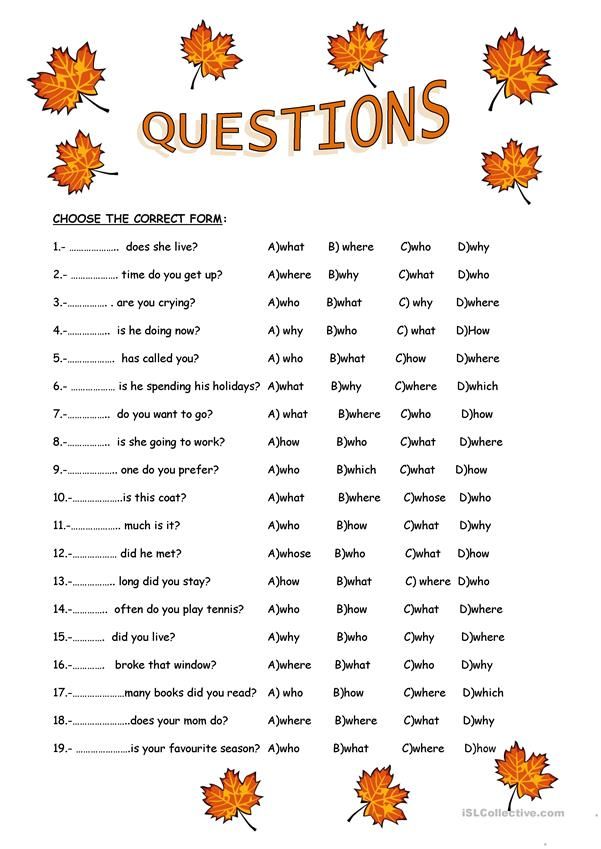 Throughout the third trimester, the fetus gains weight quickly, adding body fat that will help after birth.
Throughout the third trimester, the fetus gains weight quickly, adding body fat that will help after birth.
Remember, even though popular culture only mentions nine months of pregnancy, you may actually be pregnant for 10 months. The typical, full-term pregnancy is 40 weeks, which can take you into a tenth month. It’s also possible that you can go past your due date by a week or two (41 or 42 weeks). Your healthcare provider will monitor you closely as you approach your due date. If you pass your due date, and don’t go into spontaneous labor, your provider may induce you. This means that medications will be used to make you go into labor and have the baby. Make sure to talk to your healthcare provider during this trimester about your birth plan.
Month 8 (weeks 29 through 32)
The fetus continues to mature and develop reserves of body fat. You may notice more kicking. The brain developing rapidly at this time, and the fetus can see and hear. Most internal systems are well developed, but the lungs may still be immature.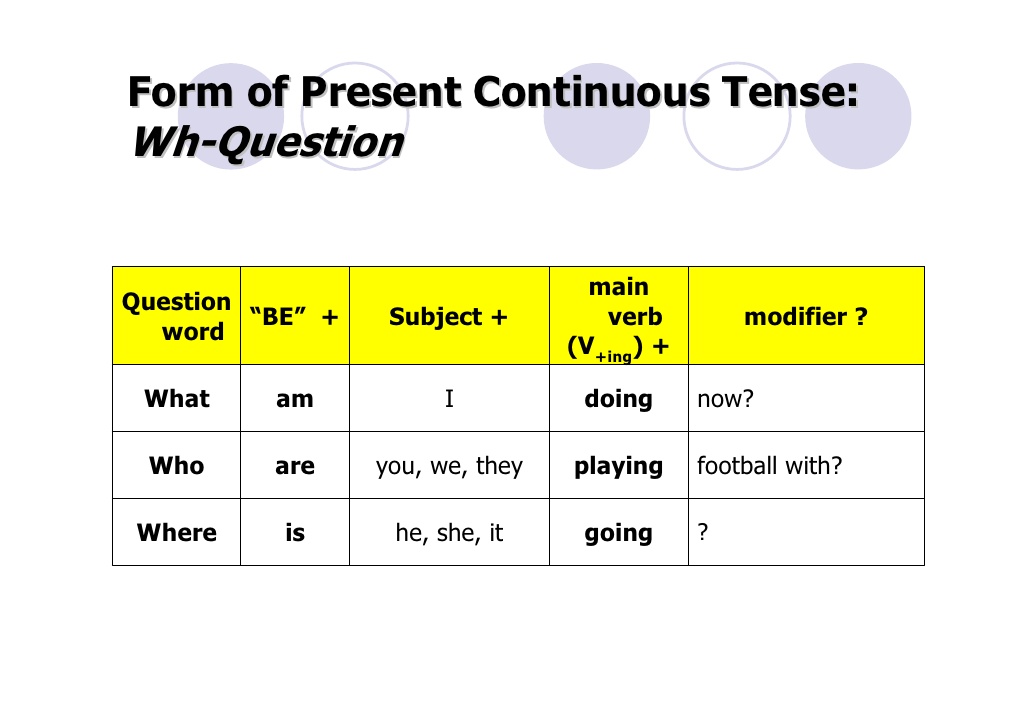
The fetus is about 18 inches long and weighs as much as 5 pounds.
Month 9 (weeks 33 through 36)
During this stage, the fetus continues to grow and mature. The lungs are close to being fully developed at this point.
The fetus has coordinated reflexes and can blink, close the eyes, turn the head, grasp firmly, and respond to sounds, light and touch.
The fetus is about 17 to 19 inches long and weighs from 5 ½ pounds to 6 ½ pounds.
Month 10 (Weeks 37 through 40)
In this final month, you could go into labor at any time. You may notice that less movement because space is tight. At this point, The fetus's position may have changed to prepare for birth. Ideally, it's head down in your uterus. You may feel very uncomfortable in this final stretch of time as the fetus drops down into your pelvis and prepares for birth.
Your baby is ready to meet the world at this point. They are about 18 to 20 inches long and weigh about 7 pounds.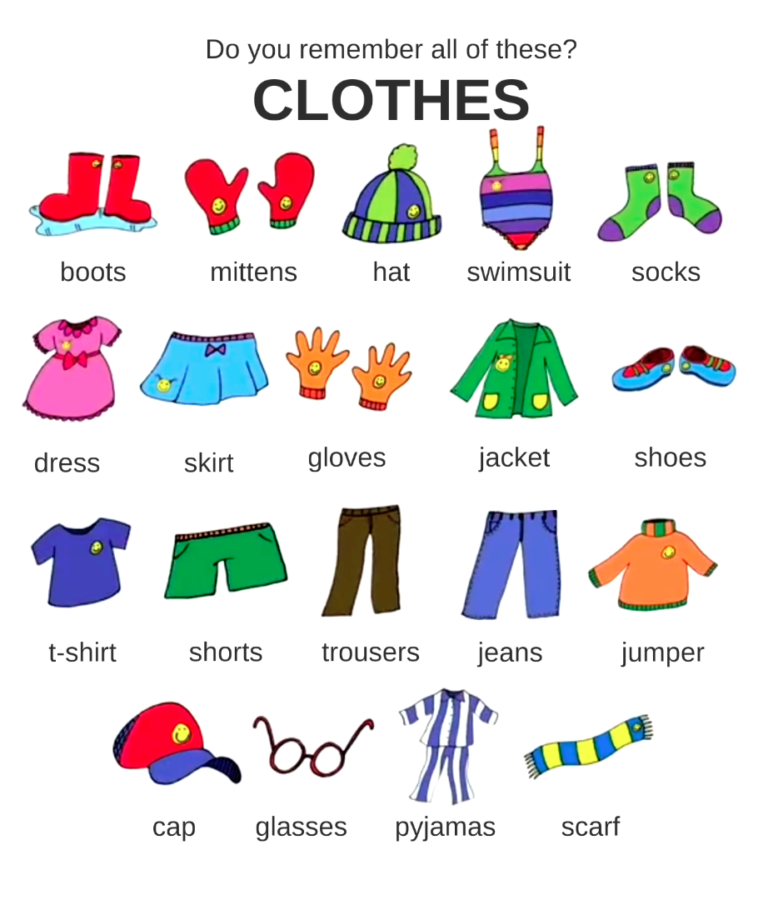
How your baby develops week to week
See all parts of this guide Hide guide parts
- 1. The first 8 weeks
- 2. Week 9 to 16
- 3. Week 17 to 24
- 4. Week 25 to 32
-
5.
 Week 33 to 40
Week 33 to 40
The first 8 weeks
The first 2 months are when your body gets ready for the changes that pregnancy brings. It’s also the time when your baby’s brain, heart, bones, blood vessels and organs develop.
The sex of your baby and colour of their hair are determined when you conceive and before you even know you’re pregnant.
Every pregnancy is different
Every woman and every pregnancy are different. Sometimes things may happen for you a little earlier or a little later than for other mums to be. This is normal, so try not to worry.
First 4 weeks
By the end of the first week:
- if you conceived naturally, the fertilised egg (also called a blastocyst) has made its way along your fallopian tube and attached itself to the lining of your womb
- if you had assisted conception, the fertilised egg will already have been planted in your womb
When the blastocyst's strongly fixed to the lining of your womb it’s called an embryo. It’s about the same size as a full stop.
It’s about the same size as a full stop.
The cells on the outside of the embryo start to link with your blood supply, so your baby can get everything they need to grow. This link develops into the placenta, which is attached to your baby by a cord.
How your baby's growing
Your baby's growing at a faster rate than at any other time in your pregnancy, but they’re still difficult to see without a magnifying glass.
Your baby’s spine starts to grow very early in your pregnancy – often before you know you’re pregnant.
Folic acid
Folic acid (folate) helps:
- your baby’s spine to develop
- prevent neural tube defects, such as spina bifida
If you’re not already taking folic acid, now's the time to start.
More about taking folic acid in pregnancy
Week 5 to 8
Your baby’s spine starts to grow very early in your pregnancy – often before you know you’re pregnant.
Folic acid
Folic acid (folate) helps:
- your baby’s spine to develop
- prevent neural tube defects, such as spina bifida
If you’re not already taking folic acid, now's the time to start.
More about taking folic acid in pregnancy
Week 5 to 8
How you baby grows from week 6 to week 9 Public Health Scotland
By week 5 to 8 you may start feeling:
- very emotional as pregnancy hormones start to kick in - this is common and it’s normal to feel low one minute and happy and excited the next
- very tired - some women feel more exhausted in early pregnancy than at any other time
You may start feeling sick around week 6 – although some women go through pregnancy without feeling sick at all.
More about morning sickness
Look after your mental wellbeing
It's just as important to look after your emotional wellbeing as it is your physical health. It's okay to not feel okay about being pregnant.
It's okay to not feel okay about being pregnant.
There's lots of help and support for mums to be and partners, so you don't need to manage alone. Talk to your partner, midwife or a friend about how you're feeling and get help if you need it.
How your body's changing
You may start noticing:
- your hair getting thicker
- some foods can start to taste different, and what you like or dislike may change
- you need to go to the toilet more often - your womb's now twice the size it was and is pushing on your bladder
- your breasts feel heavy and tender as they start developing the tissue that will make and store your breast milk
How your baby's growing
Your baby's still tiny but growing quickly. They grow from the size of an apple pip at week 5, to about the size of a raisin at week 8. They’re starting to look a bit like a tadpole, but the tail will disappear and become the bottom part of their back.
They’re starting to look a bit like a tadpole, but the tail will disappear and become the bottom part of their back.
Your baby's growing from 3 layers:
- the first layer becomes the nervous system and brain
- the second layer will be the major organs, such as the digestive system and lungs
- the third layer will be the heart, blood system, muscles and skeleton
By week 5 their heart and blood vessels are just starting to form.
By week 7 their heart's started to beat. Tiny buds are developing that will become their arms and legs.
By the end of the week 8, your baby has tiny hands and feet with webbed fingers and toes, and their lungs have started to grow.
Your baby's movements
Your baby's floating inside the amniotic sac (bag of waters) which will protect them throughout pregnancy.
They may start to move around now, but you won’t feel any movement for a while yet.
More about how your baby moves
Week 9 to 16
By week 9 you don’t look pregnant yet, but your waistline may be changing and your breasts are probably getting bigger.
Now's a good time to get measured for a new bra to make sure you’re getting enough support.
How your baby's growing
Your baby:
- is about 2.5 cm long from the top of their head to their bottom
- has eyelids, but they'll stay closed for a few weeks yet
The ends of their arms and legs are starting to look like hands and feet.
Measuring your baby
Your midwife will measure your baby's growth at each antenatal visit.
To do this, they'll measure your tummy from the top of your pubic bone to the top of your bump. This is called the fundal height. They might also do a growth scan.
The measurements are put on a chart and checked to make sure your baby's growing well.
Week 10 to 11
By week 10 and 11 you’ll probably feel hungrier than usual because it takes a lot of energy to grow a baby.
Most women have an ultrasound scan about now, so you’ll be able to see your baby for the first time.
More about early pregnancy scans
How your baby's growing
Your baby is about 4 cm long from head to bottom and weighs about the same as a large grape.
Their:
- arms and legs are getting longer
- elbows bend
- fingers and toes are beginning to lose their webbing
- heart's fully developed and beating, but your midwife can’t hear it yet
- head will look big compared with the rest of their body – but don’t worry, their body will catch up
Week 12
Your baby at week 12 and 16 Public Health Scotland
By around week 12 some women start to get a small bump.
Screening tests in pregnancy
At about this time, you’ll probably be offered some tests and checks for you and your baby.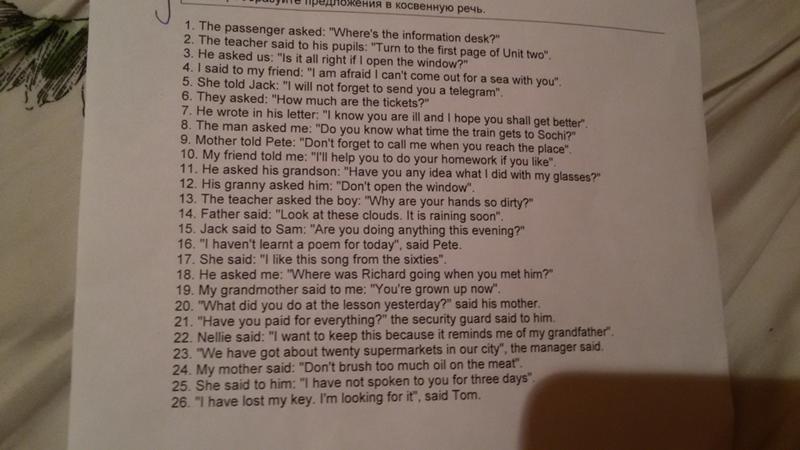 Your midwife will help you make decisions needed.
Your midwife will help you make decisions needed.
More about screening tests in pregnancy
How your baby's growing
Your baby:
- will have their own special fingerprints
- can wave their legs and curl their fingers and toes, but you won’t feel this yet
- will have 20 little buds which will become their teeth
Fetal growth restriction
Sometimes antenatal checks pick up that a baby's smaller and lighter than they should be for the stage of pregnancy. This is called fetal growth restriction.
Most small babies are born healthy and grow into healthy children, but if they do have fetal growth restriction they'll need extra care during pregnancy.
More about fetal growth restriction
Week 13 to 14
By week 13 and 14 if you’ve had morning sickness it should be starting to get better, but for some women it carries on longer.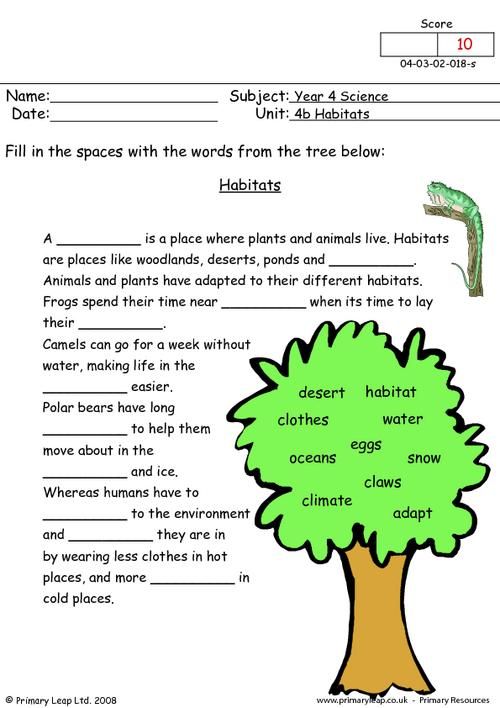
You may start to see a dark line appearing from your tummy button to your pubic hair. This is called the linea nigra.
How your baby's growing
Your baby is about 7 cm from head to bottom and now looks much more like a baby.
Their:
- ears have developed but they can’t hear yet
- liver, kidneys, digestive system and lungs are all developing
They now get all the energy and nutrients they need from you through the placenta.
Week 15 to 16
By week 15 and 16 you may have that pregnancy glow, and your:
- hair looks thicker
- skin's more plumped out
- bump's probably starting to show
- usual clothes will feel tight
You might just have started to feel your baby move inside you, although this doesn’t usually happen until later.
If you had been feeling sick this should start to pass. Your breasts should feel less tender too.
How your baby's growing
Your baby’s body is growing fast to catch up with the size of their head.
They:
- have fine, downy hair called lanugo on their body that will go before they’re born
- can suck their thumb
- can move all of their arms, legs and joints
Week 17 to 24
By week 17 and 18 you may be able to:
- hear your baby’s heartbeat when your midwife examines you
- feel your baby moving around (it may feel like bubbles or wind)
Your baby's probably kicking and moving around a lot, especially at night. Don't worry if you can’t feel anything yet.
How your baby's growing
Your baby's about 13 cm from the top of their head to their bottom.
Their taste buds are beginning to form.
Week 19 to 20
Your baby at week 20 and 24 Public Health Scotland
You’re halfway there, so it may be now that it really sinks in that you’re going to be a parent.
You may feel:
- soreness (pain) in your back
- more tired
- hungrier, so have healthy snacks like fruit or nuts ready
Non-urgent advice: Speak to your midwife if:
- you feel slightly out of breath, as this may be a sign of thromboembolism.
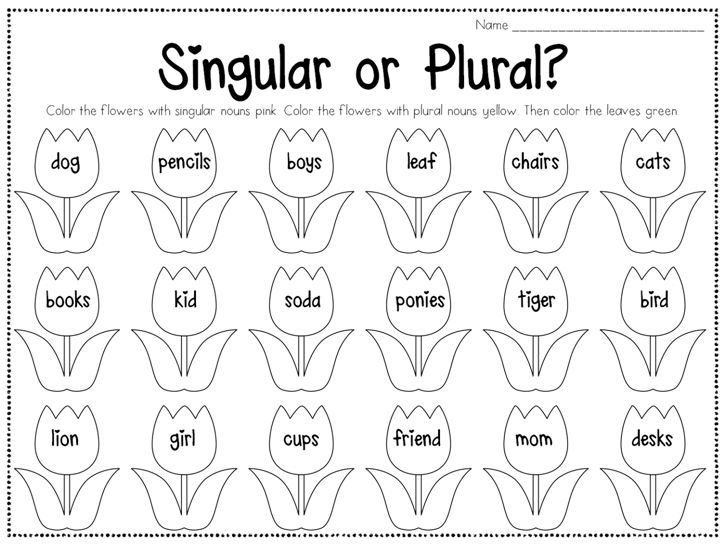
You might also feel your baby kick and move, though if you allow someone to put their hand on your tummy they might not be able to feel it.
You’ll be offered a second ultrasound scan at about this time.
More about mid-pregnancy scans
Scotland’s Baby Box
The Baby Box is a welcome gift for every baby born in Scotland. It can help you get ready for the arrival of your baby and gives them a safe and comfortable place to sleep if safe sleeping guidelines are followed.
Your midwife will help you register for a Baby Box when you’re about 20 to 24 weeks pregnant.
More about the Baby Box
How your baby's growing
By week 20 your baby's about 25.5 cm from head to toe and very active.
They can grasp with their hands, and their:
- second teeth are beginning to form behind the first ones
- body starts to be covered with a white sticky substance called vernix, which forms a greasy waterproof layer on their skin
Week 21 to 22
As your baby grows, and your bump gets bigger, some women have difficulty sleeping. This may cause a bit of absentmindedness or forgetfulness. This is normal and nothing to worry about.
This may cause a bit of absentmindedness or forgetfulness. This is normal and nothing to worry about.
Some women also:
- get indigestion – speak to your midwife if this is troublesome
- have the odd leak of urine – so now is also a good time to start pelvic floor exercises if you haven’t already
How to do pelvic floor exercises
How your baby's growing
Your baby weighs about 500g, and:
- their eyebrows and eyelashes are growing
- they can hear sounds both inside and outside your body - if you chat to them they’ll get to know your voice and they might kick in response or quieten down to listen
Week 23 to 24
By week 23 and 24 it's normal for some women to have:
- backache
- varicose veins
- constipation
- leg cramps
You might also:
- develop skin tags (little bits of extra skin) at places where your clothes rub - these are nothing to worry about
- have rashes or spots
- find that your nipples, freckles and moles get darker
More about common health issues in pregnancy
Sleeping
From 24 weeks you should start going to sleep lying on your side.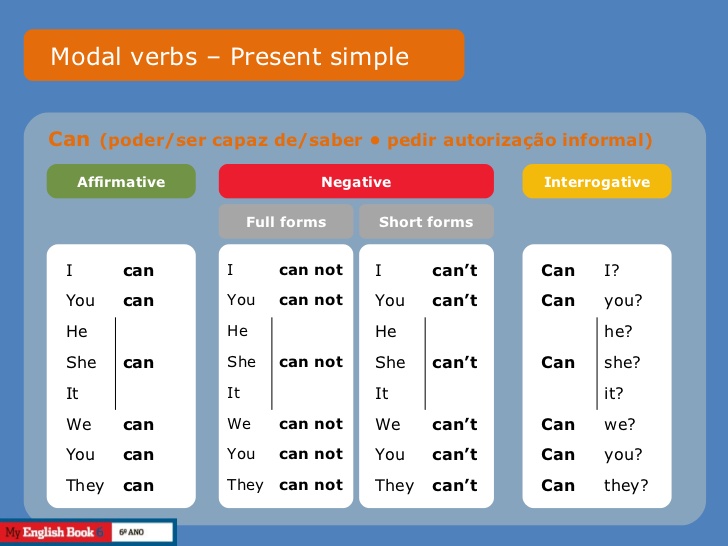 Don’t worry if you wake up lying on your back, just roll on to your side again.
Don’t worry if you wake up lying on your back, just roll on to your side again.
It doesn’t matter if you lie on your right or left side.
How your baby's growing
Your baby:
- has skin but no fat (so they’ll look a bit wrinkly) - they're going to quickly put on weight over the next 4 weeks
- can hear well and can make out noises such as a rumbling stomach and your heartbeat, and outside noises such as music, voices and the vacuum cleaner
You should feel your baby move every day from about week 24.
More about your baby's movements
Week 25 to 32
By week 25 and 26 you’ll be walking differently because your centre of gravity's changed. Your feet, ankles and fingers might be swelling too, so sit with your feet up whenever you can.
It's normally perfectly safe to have sex when you're pregnant, but you and your partner might find that your desire for sex changes.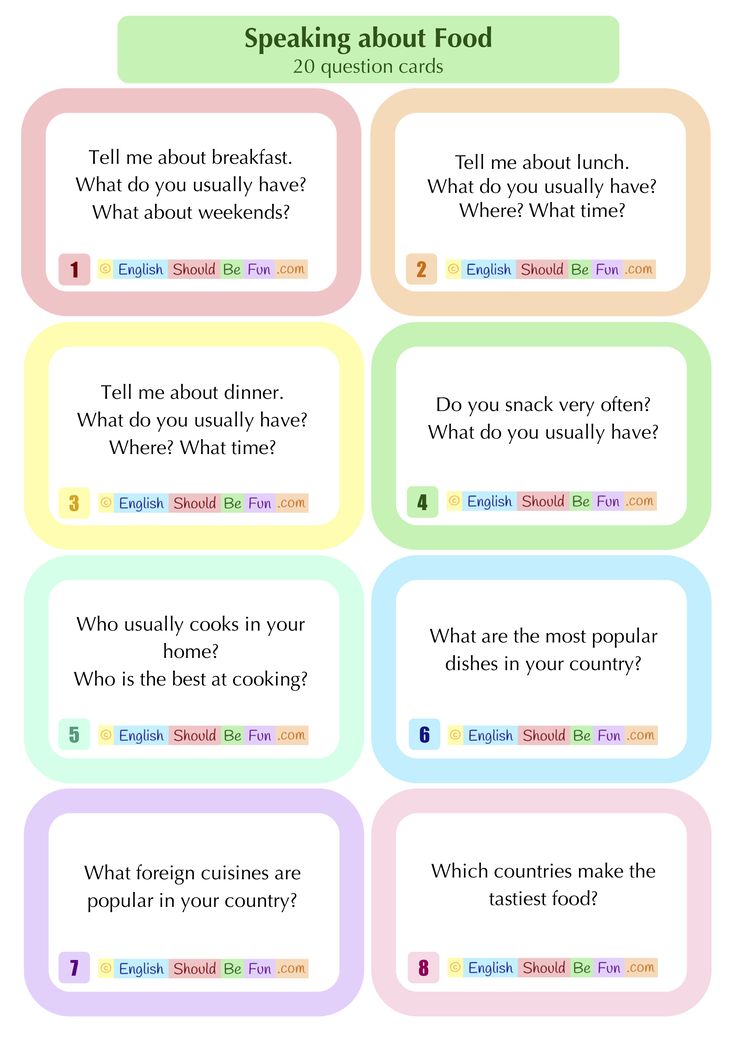
Sleep on your side
In the last 3 months of your pregnancy, go to sleep lying on your side. Don't worry if you wake up lying on your back, just roll onto your side again. It doesn't matter left or right side.
How your baby's growing
Your baby’s:
- practising making breathing movements, but their lungs aren’t completely developed yet
- moving about a lot, which might feel like rolling, jabs or stretching
Everyone's different, so:
- get to know what your baby's movements feel like
- try to work out when your baby's most active, so you can get to know what they’re doing and how much they’re moving
Your baby’s movements
If your baby's moving less or the pattern of their movements has changed it could be a sign of a health issue.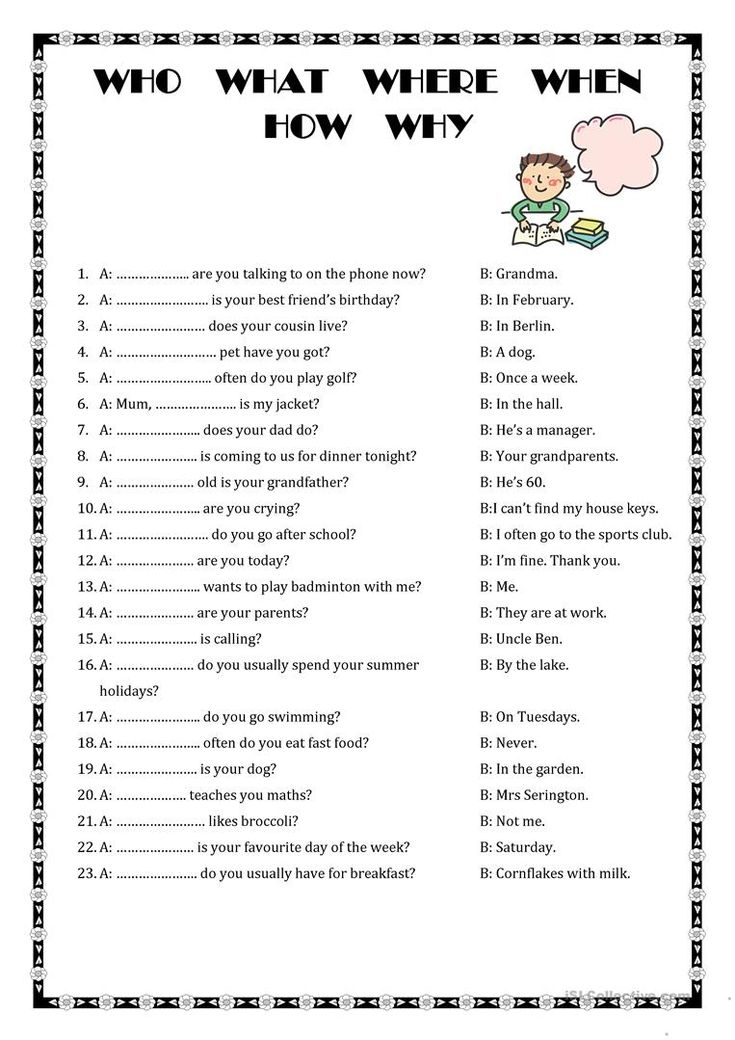
The sooner you pick up these changes, the sooner you can get the right treatment if there's something wrong.
Urgent advice: Phone your midwife or maternity unit immediately if:
- you think your baby’s movements have slowed down or stopped
Week 27 to 28
Your baby at week 28 and 32 Public Health Scotland
At week 28 you’re into your third trimester.
Because your baby's aware of voices, you and your partner or family members can talk, sing and play music to them. Finding a quiet time to do this helps you to bond with your baby and your baby feel safe and secure.
Braxton Hicks contractions
A Braxton Hicks contraction is when you feel your abdomen tightening for about 30 seconds, several times a day.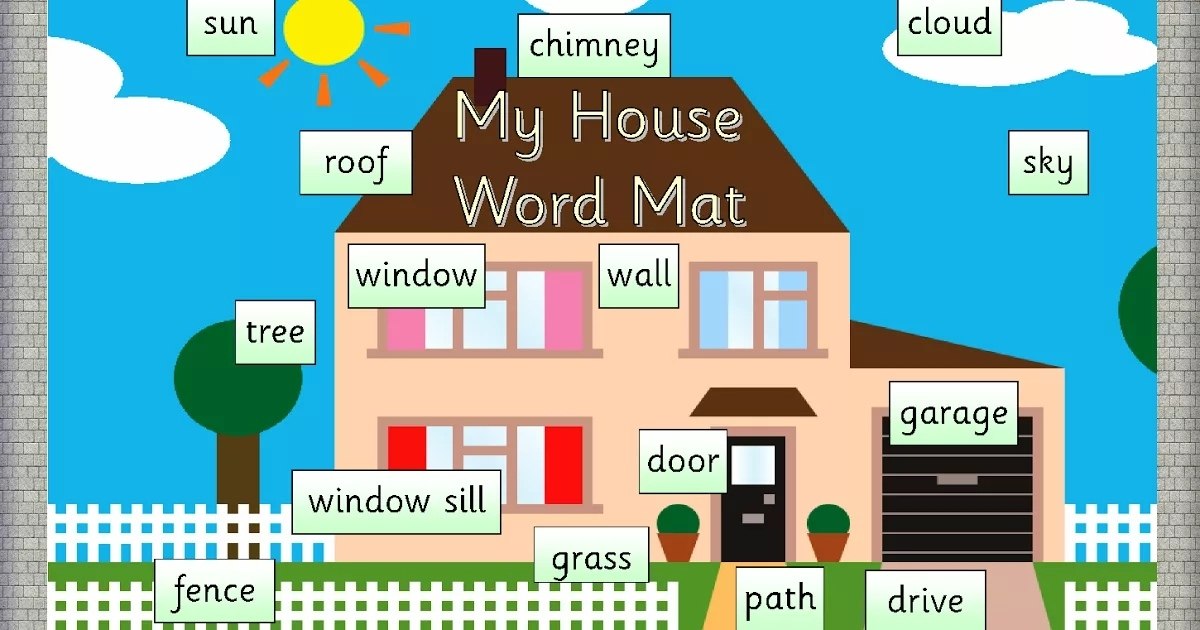 This can easily be mistaken for labour, but they're different from labour contractions.
This can easily be mistaken for labour, but they're different from labour contractions.
Braxton Hicks contractions can start happening from around week 28 onwards.
More about Braxton Hicks contractions
How your baby's growing
Your baby’s chances of surviving outside the womb are increasing week by week.
They're:
- developing some fat and muscle, and look less skinny
- beginning to remember things
They might begin to open and close their eyes, and can:
- turn their head towards a bright continuous light
- smell, taste and hear more as their brain's growing quickly
Week 29 to 30
By week 29 and 30 some women are uncomfortable lying down at this stage. If you’re finding it hard to sleep, try a cushion between your knees or at your side.
If you’re getting backache as your baby grows, try some gentle massage and make sure your posture's good.
How your baby's growing
Your baby's:
- about 40 cm from head to toe
- making breathing movements more regularly, and may surprise you if they've hiccups
The fine hair (lanugo) covering them may be starting to fall out.
Week 31 to 32
By week 31 and 32 you may have indigestion or feel a bit out of breath. This is caused by the pressure on your stomach and lungs as your baby gets bigger. If this happens don’t worry. Your baby's getting the oxygen they need from the placenta.
You may have some stretch marks as your bump grows. These can look quite discoloured but will fade to become faint, silvery lines.
Your Baby Box should have arrived. This usually happens 4 weeks after your register.
How your baby's growing
Your baby's about 42 cm from head to toe and putting on weight.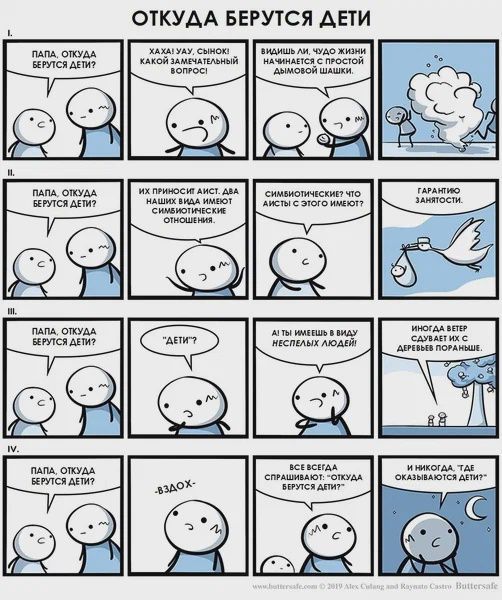
Their lungs have formed and are developing. They may also be dreaming while they’re asleep.
Week 33 to 40
By week 33 and 34 your breasts may be leaking colostrum to get ready for breastfeeding, but this doesn’t happen to everyone.
If you’ve got varicose veins, then resting with your feet up may help your legs feel better.
It's common for women to feel puffiness in their feet, ankles and fingers, but if your face is swelling too, tell your midwife, GP or the hospital.
More about common issues in pregnancy
How your baby's growing
Your baby's lungs are now fully developed, and they:
- can feel you touching them when you rub your tummy – if you see a bump, it might be their hand, foot or elbow
- can do all sorts of things, such as sucking and grabbing
- might be lying head down now to get ready for being born
Week 35
By week 35 you’ll probably be feeling tired.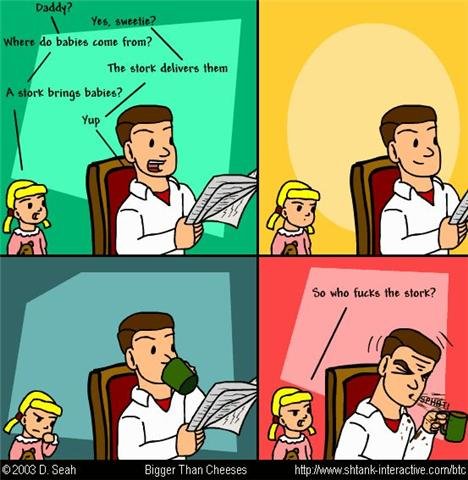 As there won’t be much time for rest after the birth, try to get as much as you can now.
As there won’t be much time for rest after the birth, try to get as much as you can now.
Take some gentle exercise, such as a walk or a swim, to help you relax and make it easier to sleep.
You should be thinking about things you can do, read or ask your midwife about now. This will help you feel as ready and confident as possible to be a parent when your baby arrives.
More about preparing for parenthood and caring for your new child
How your baby's growingYour baby weighs about 2.3 kg and is still putting on weight.
Their toenails and fingernails could almost do with a trim
Week 36
Your baby at week 36 and 40 Public Health Scotland
Your bump's getting lower (called lightening) as your baby gets ready to be born.
Your baby's head may be engaged, which means the widest part has moved down into your pelvis. Don’t worry if their head doesn’t engage at this stage as some babies don’t until labour starts.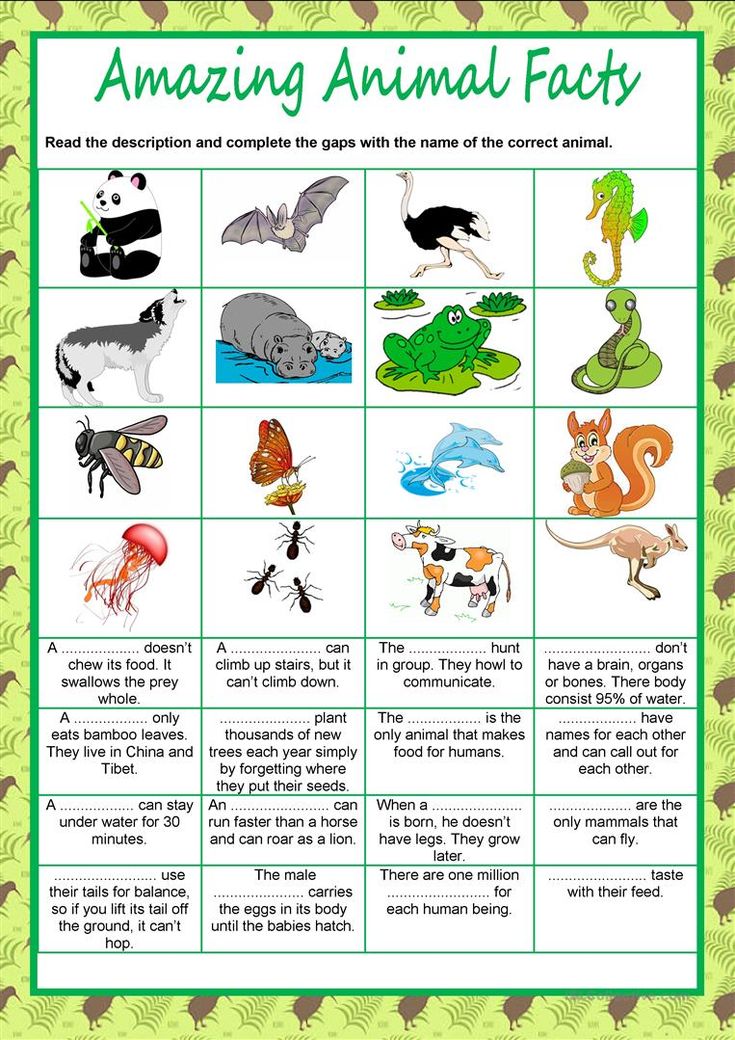
Your baby probably weighs about 2.7 kg. They're also still moving every day, but have less room to move around now.
Urgent advice: Phone your midwife or maternity unit immediately if:
- you think your baby’s movements have slowed down or stopped
Week 37 to 40
By week 37 to 40 you might be getting stronger and more frequent Braxton Hicks contractions.
You can help to ease any discomfort by:
- focusing on your breathing, as if you’re in labour
- lying down on your left side
Taking a gentle walk will be good for easing any aches and pains.
Plan for the birth
Many babies arrive earlier or later than their due date, so make sure your bags are packed and you're ready when baby is.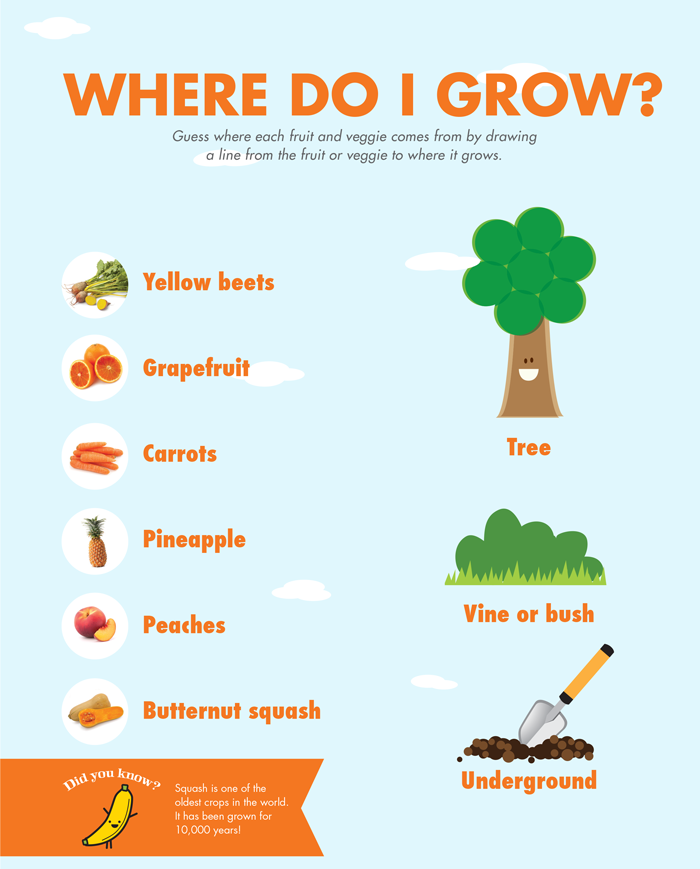
More about packing for the birth
How your baby's growing
Your baby's now fully developed and ready to be born. They're:
- putting on about 14 g in weight every day
- still covered in vernix, but the lanugo has gone
Child development by week | Regional Perinatal Center
Expectant mothers are always curious about how the fetus develops at a time when it is awaited with such impatience. Let's talk and look at the photos and pictures of how the fetus grows and develops week by week.
What does the puffer do for 9 whole months in mom's tummy? What does he feel, see and hear?
Let's start the story about the development of the fetus by weeks from the very beginning - from the moment of fertilization. A fetus up to 8 weeks old is called embryo , this occurs before the formation of all organ systems.
Embryo development: 1st week
The egg is fertilized and begins to actively split.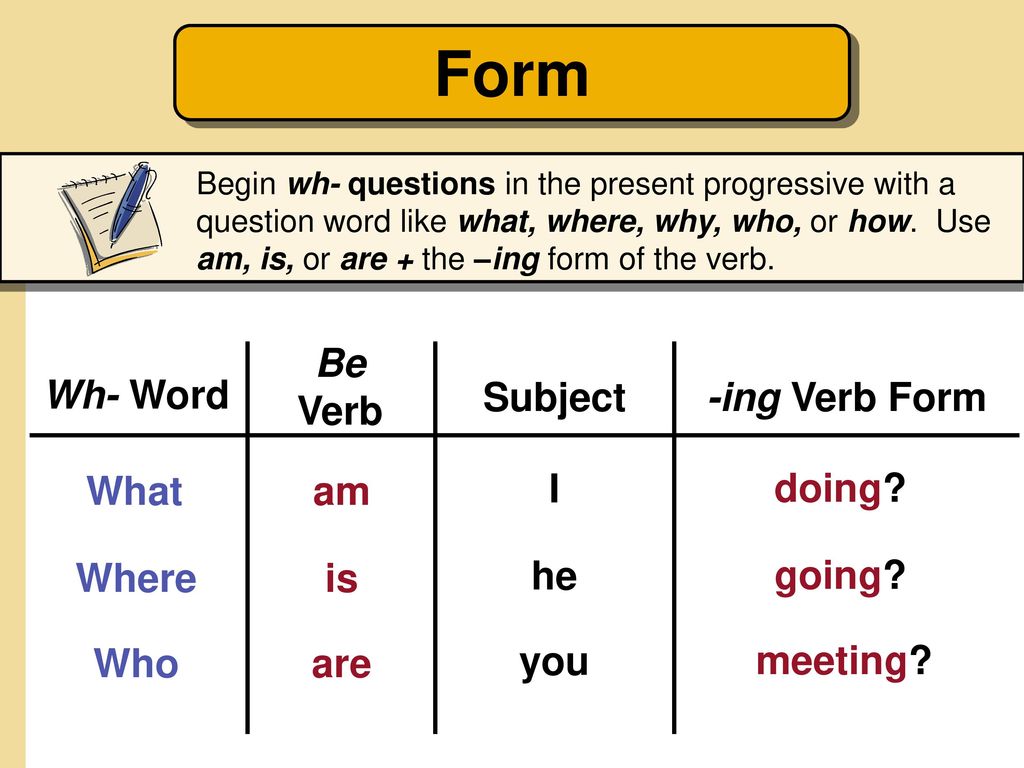 The ovum travels to the uterus, getting rid of the membrane along the way.
The ovum travels to the uterus, getting rid of the membrane along the way.
On the 6th-8th days, implantation of eggs is carried out - implantation into the uterus. The egg settles on the surface of the uterine mucosa and, using the chorionic villi, attaches to the uterine mucosa.
Embryo development: 2-3 weeks
Picture of embryo development at 3 weeks.
The embryo is actively developing, starting to separate from the membranes. At this stage, the beginnings of the muscular, skeletal and nervous systems are formed. Therefore, this period of pregnancy is considered important.
Embryo development: 4–7 weeks
Fetal development by week in pictures: week 4
Fetal development by week photo: week 4
Photo of an embryo before the 6th week of pregnancy.
The heart, head, arms, legs and tail are formed in the embryo :) . Gill slit is defined. The length of the embryo at the fifth week reaches 6 mm.
Gill slit is defined. The length of the embryo at the fifth week reaches 6 mm.
Fetal development by week photo: week 5
At the 7th week, the rudiments of the eyes, stomach and chest are determined, and fingers appear on the handles. The baby already has a sense organ - the vestibular apparatus. The length of the embryo is up to 12 mm.
Fetal development: 8th week
Fetal development by week photo: week 7-8
The face of the fetus can be identified, the mouth, nose, and auricles can be distinguished. The head of the embryo is large and its length corresponds to the length of the body; the fetal body is formed. All significant, but not yet fully formed, elements of the baby's body already exist. The nervous system, muscles, skeleton continue to improve.
Fetal development in the photo already sensitive arms and legs: week 8
The fetus developed skin sensitivity in the mouth (preparation for the sucking reflex), and later in the face and palms.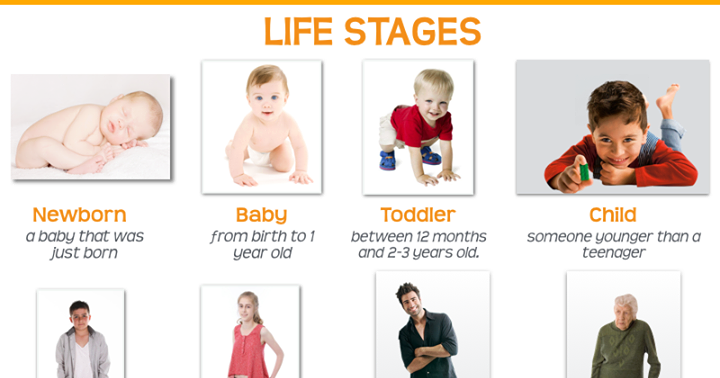
At this stage of pregnancy, the genitals are already visible. Gill slits die. The fruit reaches 20 mm in length.
Fetal development: 9–10 weeks
Fetal development by week photo: week 9
Fingers and toes already with nails. The fetus begins to move in the pregnant woman's stomach, but the mother does not feel it yet. With a special stethoscope, you can hear the baby's heartbeat. Muscles continue to develop.
Weekly development of the fetus photo: week 10
The entire surface of the fetal body is sensitive and the baby develops tactile sensations with pleasure, touching his own body, the walls of the fetal bladder and the umbilical cord. It is very curious to observe this on ultrasound. By the way, the baby first moves away from the ultrasound sensor (of course, because it is cold and unusual!), And then puts his hands and heels trying to touch the sensor.
It's amazing when a mother puts her hand to her stomach, the baby tries to master the world and tries to touch with his pen "from the back".
The development of the fetus: 11–14 weeks
Development of the fetus in the photo of the legs: weeks 11
Hands, legs and eyelids are formed, and the genitals become distinguishable (you can find out the gender child). The fetus begins to swallow, and if something is not to its taste, for example, if something bitter got into the amniotic fluid (mother ate something), then the baby will begin to frown and stick out his tongue, making less swallowing movements.
Fruit skin appears translucent.
Development of the fetus: Week 12
Photo of the fetus 12 weeks per 3D ultrasound
buds are responsible for production for production urine. Blood forms inside the bones. And hairs begin to grow on the head. Moves more coordinated. The skin turns pink, the ears and other parts of the body, including the face, are already visible. Imagine, a child can already open his mouth and blink, as well as make grasping movements. The fetus begins to actively push in the mother's tummy. The sex of the fetus can be determined by ultrasound. Baby sucks his thumb, becomes more energetic. Pseudo-feces are formed in the intestines of the fetus - meconium , kidneys begin to work. During this period, the brain develops very actively. The auditory ossicles become stiff and now they are able to conduct sounds, the baby hears his mother - heartbeat, breathing, voice. The lungs at this stage of fetal development are so developed that the baby can survive in the artificial conditions of the intensive care unit. Lungs continue to develop. Now the baby is already falling asleep and waking up. Downy hairs appear on the skin, the skin becomes wrinkled and covered with grease. The cartilage of the ears and nose is still soft. Lips and mouth become more sensitive. The eyes develop, open slightly and can perceive light and squint from direct sunlight. In girls, the labia majora do not yet cover the small ones, and in boys, the testicles have not yet descended into the scrotum. Fetal weight reaches 900–1200 g, and the length is 350 mm. 9 out of 10 children born at this term survive. The lungs are now adapted to breathe normal air. Breathing is rhythmic and body temperature is controlled by the CNS. The baby can cry and responds to external sounds. Child opens eyes while awake and closes during sleep. The skin becomes thicker, smoother and pinkish. Starting from this period, the fetus will actively gain weight and grow rapidly. Almost all babies born prematurely at this time are viable. The weight of the fetus reaches 2500 g, and the length is 450 mm. The fetus reacts to a light source. Muscle tone increases and the baby can turn and raise his head. On which, the hairs become silky. The child develops a grasping reflex. The lungs are fully developed. The fetus is quite developed, prepared for birth and considered mature. The baby perfectly mastered the movements of his mother , knows when she is calm, excited, upset and reacts to this with her movements. During the intrauterine period, the fetus gets used to moving in space, which is why babies love it so much when they are carried in their arms or rolled in a stroller. For a baby, this is a completely natural state, so he will calm down and fall asleep when he is shaken. The nails protrude beyond the tips of the fingers, the cartilages of the ears and nose are elastic. In boys, the testicles have descended into the scrotum, and in girls, the large labia cover the small ones. The weight of the fetus reaches 3200-3600 g, and the length is 480-520 mm. After the birth, the baby longs for touching his body, because at first he cannot feel himself - the arms and legs do not obey the child as confidently as it was in the amniotic fluid. And one more thing, the baby remembers the rhythm and sound of your heart very well . Therefore, you can comfort the baby in this way - take him in your arms, put him on the left side and your miracle will calm down, stop crying and fall asleep. And for you, finally, the time of bliss will come :) . August 17, 2018 In 9 months, a child goes a long way from a tiny embryo to a chubby baby and already in the womb acquires some features that will remain with him for life: for example , you can understand whether he will become right-handed or left-handed and what kind of food he will prefer. In a fairly short period of time, a lot of interesting things happen to a child, and today we invite you to go through the path from birth to birth with your baby. 1st trimester of pregnancy So the long journey began. For the first 4 days, the future person is smaller than a grain of salt - its size is only 0.14 mm. However, starting from the 5th day, it begins to grow and by the 6th it almost doubles - up to as much as 0.2 mm. On the 4th day, the embryo "comes" to where it will spend the next 9 months - into the uterus, and on the 8th day it is implanted in its wall. 3rd–4th week © EDITORIAL USE ONLY/East News Embryo at the 4th week of pregnancy. Around the 20th day of pregnancy, a very important event occurs: the neural tube appears, which will then turn into the spinal cord and brain of the child. Already on the 21st day, his heart begins to beat and all important organs, such as the kidneys and liver, begin to form. The eyes have not yet taken their usual position - the bubbles from which they will then take shape are located on the sides of the head. 5th–6th week © EDITORIAL USE ONLY/East News © lunar caustic/wikimedia At the 5th week, the hands appear in the embryo, however, the fingers are still very difficult to distinguish, but in the joints the arms and legs are already bent. It was at this time that the external genitalia begin to form, but it is not yet possible to see on an ultrasound whether it is a boy or a girl. By the way, since its appearance, the embryo has grown a lot - it has increased by as much as 10 thousand times. Already now, the baby's face is beginning to form, and the eyes, which will be closed for a very long time, darken, becoming more human-like. 7th–8th week The 7th week of pregnancy is the time when the baby begins to move, however, so far completely unnoticed by the mother, and the fingers and toes become almost the same as in adults. 9th–10th week Baby at 9-10 weeks of gestation. By this time, the baby has already grown well - its weight is 4 grams, and its height is 2-3 cm. Despite its tiny size, the brain is already divided into two hemispheres, and milk teeth and taste buds are beginning to form. The baby's tail and membranes between the fingers on the hands disappear, he begins to swim in the amniotic fluid and move even more actively, although still unnoticed by the mother. It was at this time that the child's individual facial features appear, and hair begins to grow on the head. 11–12 weeks At this time, the genital organs are formed in the child, so it is already possible to find out his sex on an ultrasound scan, although the probability of an error is still high. 13th-14th week Despite the fact that the child's head is half the length of the entire body, the face is more and more reminiscent of an adult, and the rudiments of all 20 milk teeth have already been formed in the oral cavity. The child is already able to put his finger in his mouth, but he will learn to suck a little later. Due to the active formation of blood vessels, the baby's skin is red and very thin, so vellus hair appears on the body - lanugo, which is necessary to maintain a special lubricant that protects against hypothermia. 2nd trimester of pregnancy By the 15th week, the baby has grown to 10 cm and is gaining weight - now he weighs about 70 grams. Despite the fact that the eyes are still quite low, the face is already quite recognizable, moreover, the child begins to “make faces”, since the facial muscles are well developed. By this time, he already knows how to suck his thumb, and the sebaceous and sweat glands begin their work. 17th–18th week And finally, the child's auditory canals are formed, so he begins to distinguish sounds well and hears the mother's voice, moreover, he is able to recognize it. In addition to the milk teeth, the embryos of the molars also appear, the bones are finally formed and begin to harden. By the way, the bones of the skull will remain mobile until birth - when passing through the birth canal, they will overlap each other to make it easier for the baby to be born. 19th–20th week Despite the fact that the child's eyes are still closed, he is already well oriented in the surrounding space. Moreover, now you can understand whether the child will be right-handed or left-handed, because right now he begins to use his dominant hand more actively. Fingerprints appear on the baby's fingers - another unique sign of each of us. By the way, the child is already beginning to gradually distinguish day from night and is active at a certain time. The 21st week is the time when the baby begins to gain weight due to the formation of subcutaneous fat. Soon, the folds that newborns have will appear on his arms and legs. On the 22nd week, those neurons are formed in the brain that will be with a person all his life. Very soon the child will open his eyes, he is already trying to do this, and the eyeballs move almost like an adult. 23–24 weeks At 23 weeks, the baby may begin to dream, and his face is so formed that an ultrasound can determine whose facial features he has inherited. His skin becomes opaque, his eyes open, and the child can already react to light, moreover, bright flashes can scare him. By the 24th week, the baby grows to almost 30 cm, and its weight reaches 0.5 kg. 25th–26th week At this time, the taste buds of the child are finally formed and, tasting the amniotic fluid, he can frown if he does not like it. By the way, this is how eating habits are formed - already in the womb we have our favorite and unloved foods. Very soon the child will learn to blink and can already see a little, however, so far it is very, very vague. 3rd trimester of pregnancy If you do an ultrasound at this time, you can see how the baby smiles and intensively sucks his thumb. Week 29-30 Baby at 30 weeks pregnant. The layer of subcutaneous fat is increasing, and the baby is becoming more and more plump and well-fed. In addition, he already knows how to cry, cough, and even sometimes hiccups - this happens, most likely, when he swallows too much amniotic fluid. By the 30th week, the baby's brain is already so developed that it is quite capable of remembering and even analyzing information. 31–32 weeks At this time, a person has all 5 senses, and his daily routine is more and more reminiscent of the one he will follow after birth. 33–34th week And finally, subcutaneous fat is already formed, and lanugo disappears from the body of the fetus. By this time, the baby has grown a lot - the length of his body reaches 40 cm, and the weight is very close to or even exceeds 2 kg. The baby's nervous system is already fully formed, but the lungs are still developing. 35th–36th week The child yawns. 3D ultrasound at 36 weeks pregnant. At this time, the child looks almost exactly the same as when he was born. He is still quite thin, but the layer of subcutaneous fat is increasing more and more intensively. 37–38th week And finally, the process of forming a person has finally ended - now he is completely ready for birth, and obstetricians consider the pregnancy to be full-term. Lanugo completely disappears from his body and can only sometimes remain on his arms and legs. Since there is almost no space left in the uterus, it may seem to the mother that the child has begun to move more intensively, but in fact the force of the blows has increased, because the child's muscles have already completely formed and strengthened. 39th–40th week The first minutes after birth. The lungs of a child continue to form until the very birth, and only at the time of birth they release the right amount of surfactant - a substance that prevents the alveoli from sticking together after the first independent breath.
Development of the fetus for weeks: Week 14 9000 9000 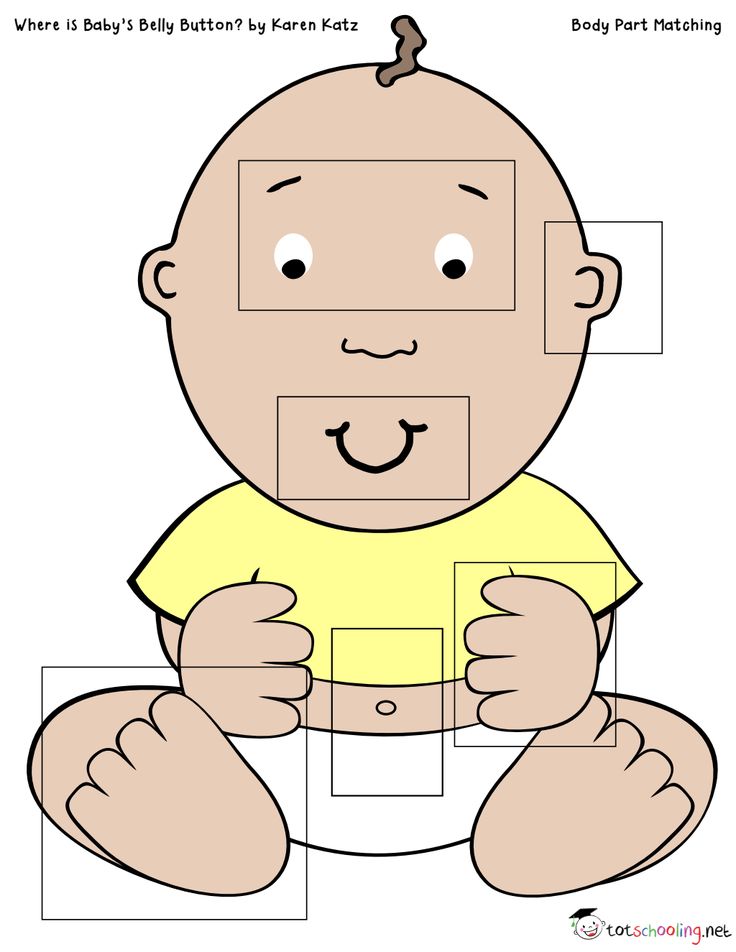
Fetal development: 15-18 weeks
Fetal development by weeks photo: week 15 Fetal development: 19-23 weeks
Fetal development by week photo: week 19
Fetal development by weeks photo: week 20 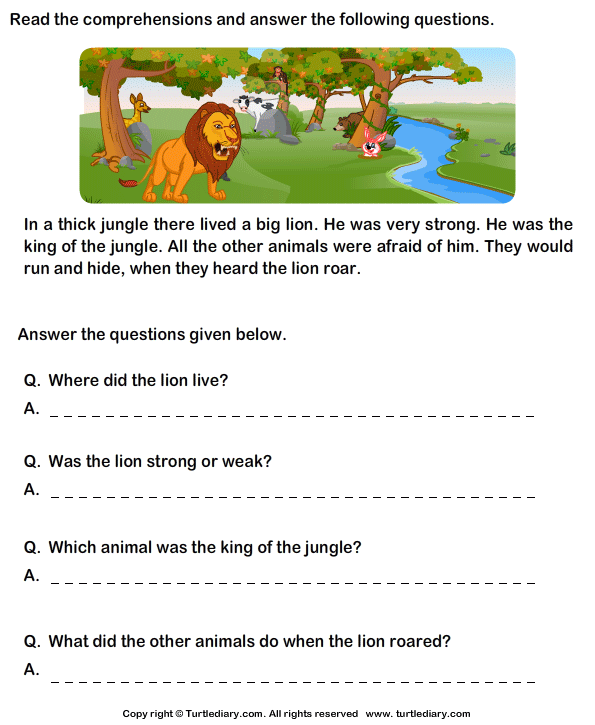 The fetus intensively gains weight, fat deposits are formed. The weight of the fetus reaches 650 g, and the length is 300 mm.
The fetus intensively gains weight, fat deposits are formed. The weight of the fetus reaches 650 g, and the length is 300 mm. Fetal development: 24-27 weeks
Fetal development by week photo: week 27 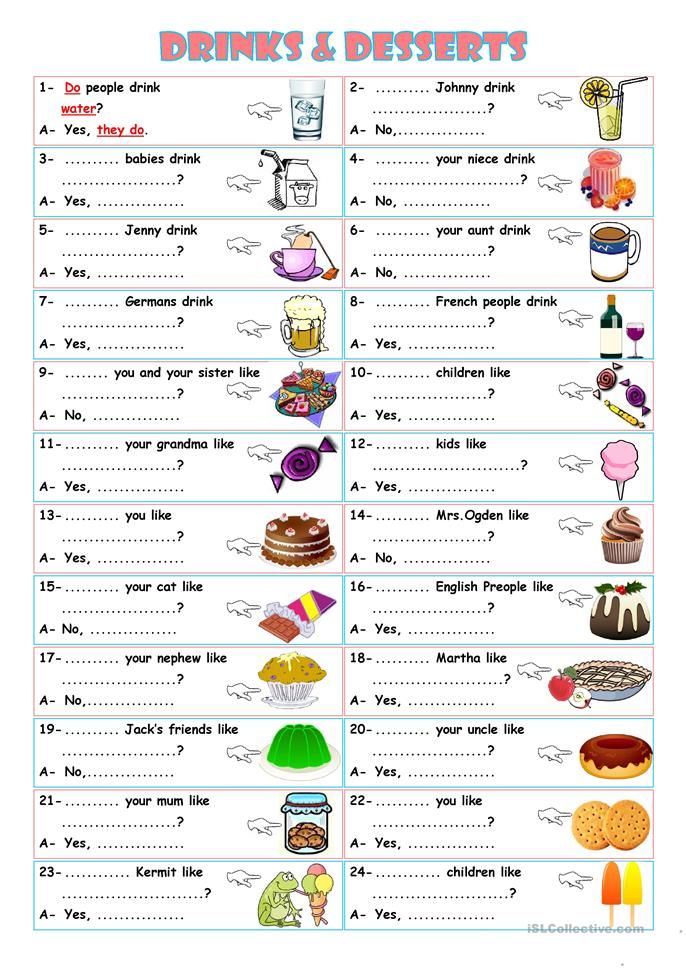
Fetal development: 28-32 weeks
Fetal development: 33-37 weeks
Fetal development by week photo: week 36 Fetal development: 38-42 weeks
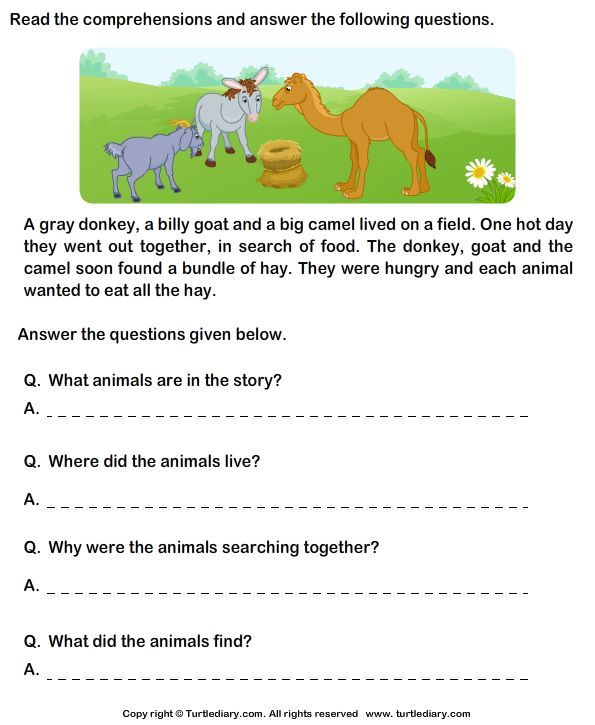 The baby has mastered over 70 different reflex movements. Due to the subcutaneous fatty tissue, the baby's skin is pale pink. The head is covered with hairs up to 3 cm.
The baby has mastered over 70 different reflex movements. Due to the subcutaneous fatty tissue, the baby's skin is pale pink. The head is covered with hairs up to 3 cm.
Fetal development by weeks photo: week 40 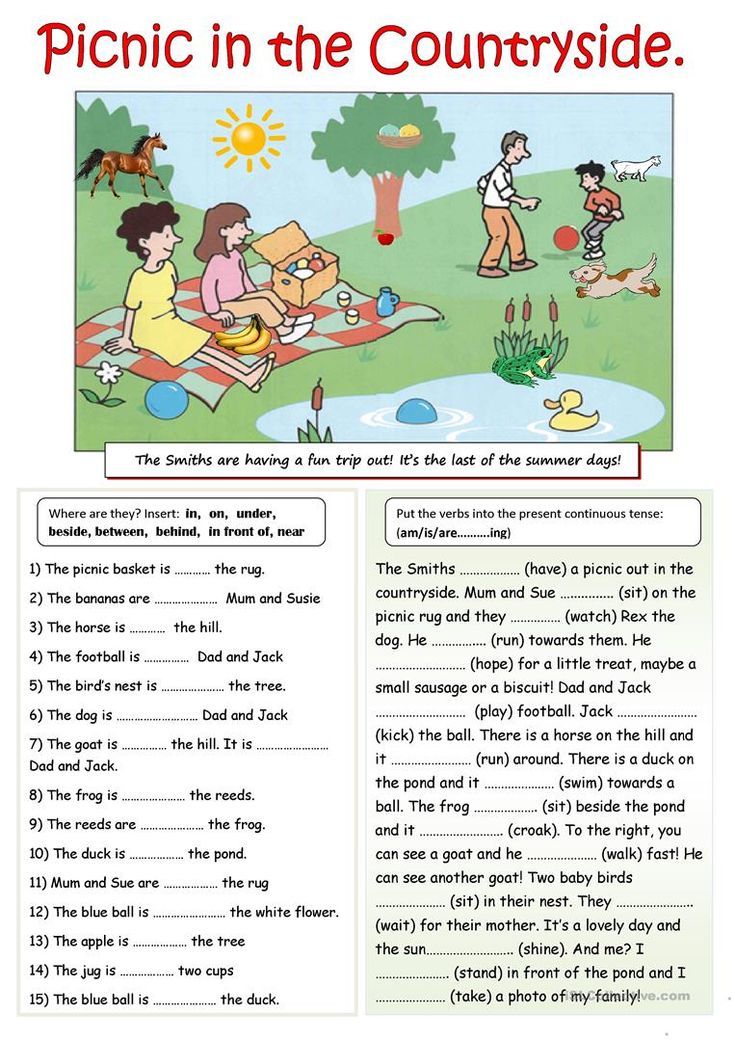 Therefore, so that your baby does not feel lonely, it is advisable to carry him in your arms, press him to you while stroking his body.
Therefore, so that your baby does not feel lonely, it is advisable to carry him in your arms, press him to you while stroking his body. What does a child do while it is in the mother’s belly
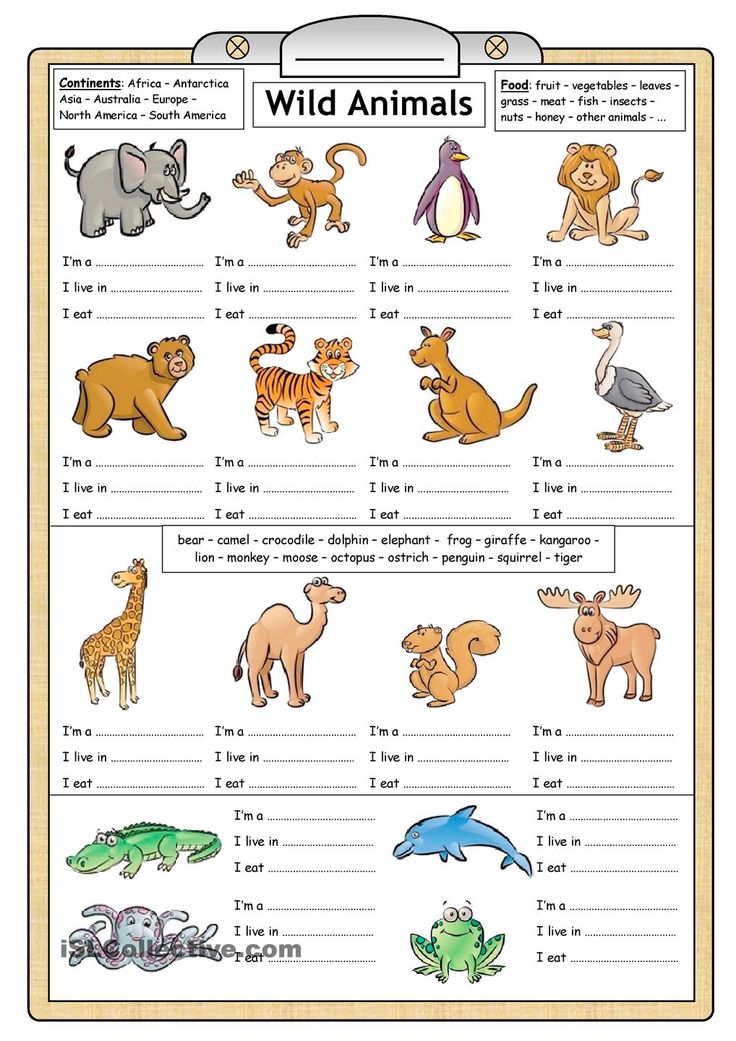
1st–2nd week
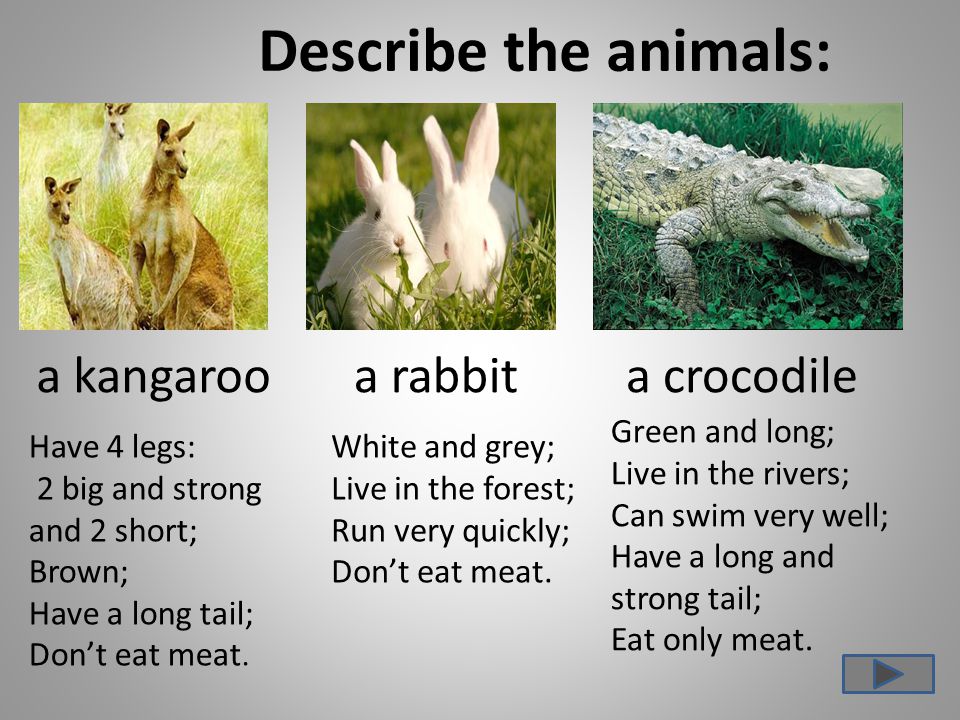 By the end of the 1st month, the embryo has a circulatory system, and the spine and muscles begin to develop.
By the end of the 1st month, the embryo has a circulatory system, and the spine and muscles begin to develop.
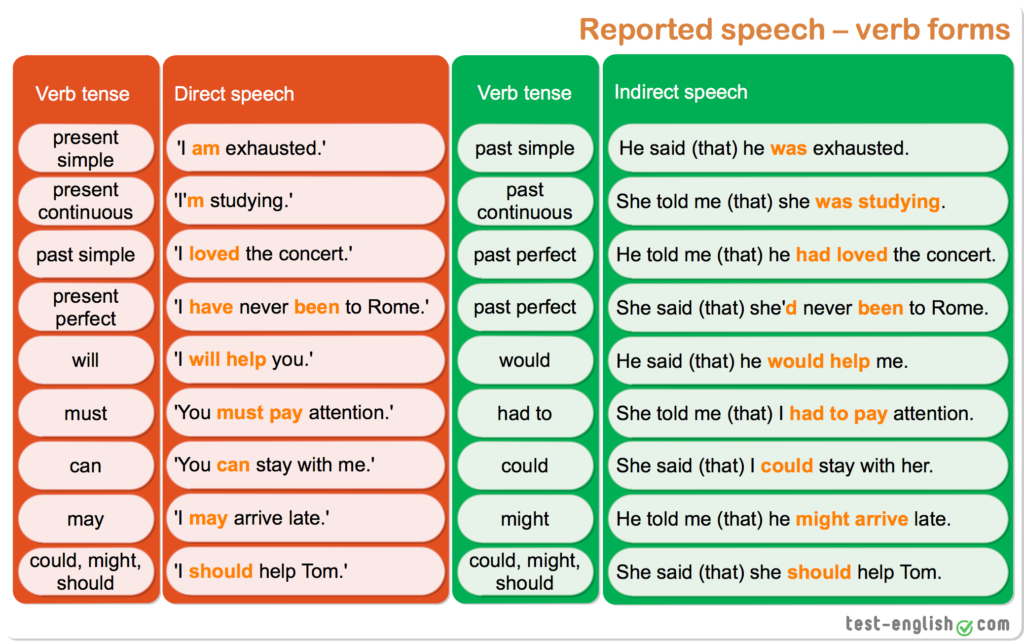 At this stage, the rudiments of milk teeth appear in the embryo and the reproductive system develops, and the kidneys begin to produce urine. Despite the fact that the growth of the fetus is only 2.5 cm, it acquires its own facial expressions, it has eyelids, and the tip of the nose becomes more defined.
At this stage, the rudiments of milk teeth appear in the embryo and the reproductive system develops, and the kidneys begin to produce urine. Despite the fact that the growth of the fetus is only 2.5 cm, it acquires its own facial expressions, it has eyelids, and the tip of the nose becomes more defined.
© lunarcaustic/wikimedia 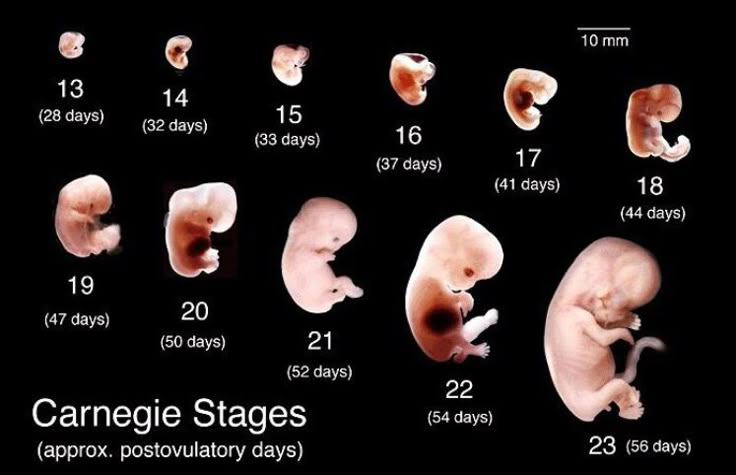 The child still looks a little alien: he has a big head and a small body, but his face is more and more like an adult. The ears are almost in the right position, eyebrows and eyelashes appear. The cartilage that makes up the skeleton gradually ossifies, new blood vessels appear, and hormone production begins. By the way, the baby has already grown up to 6 cm and weighs about 20 grams.
The child still looks a little alien: he has a big head and a small body, but his face is more and more like an adult. The ears are almost in the right position, eyebrows and eyelashes appear. The cartilage that makes up the skeleton gradually ossifies, new blood vessels appear, and hormone production begins. By the way, the baby has already grown up to 6 cm and weighs about 20 grams.
Baby at 14 weeks pregnant. 
15th–16th week 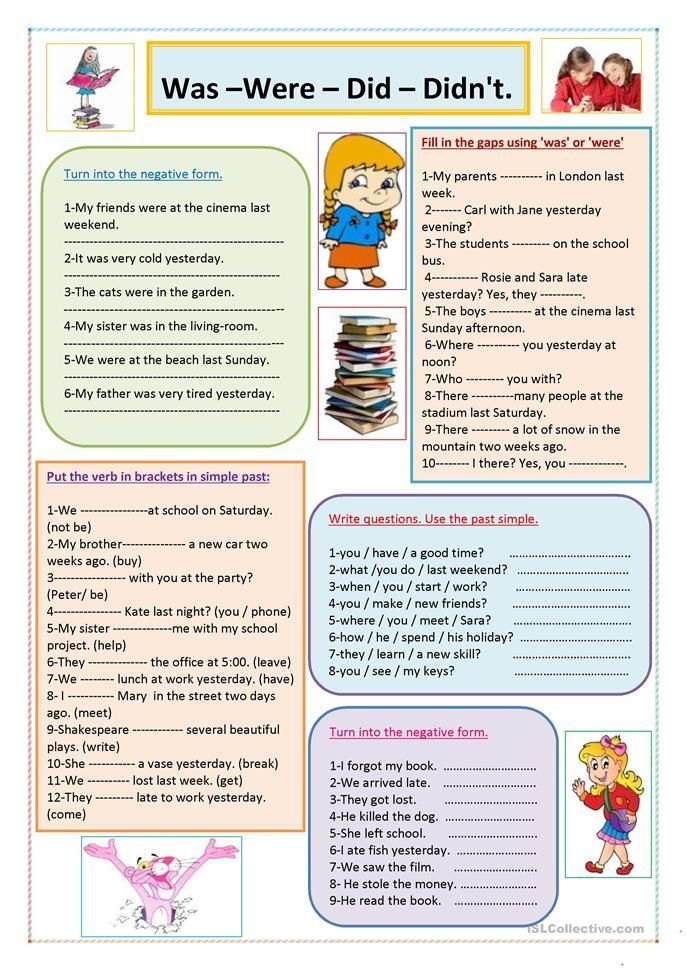 But the mother is finally beginning to feel the movements of the child, who has grown to 14 cm and 190 grams.
But the mother is finally beginning to feel the movements of the child, who has grown to 14 cm and 190 grams.
Baby at 20 weeks pregnant.
21–22 weeks 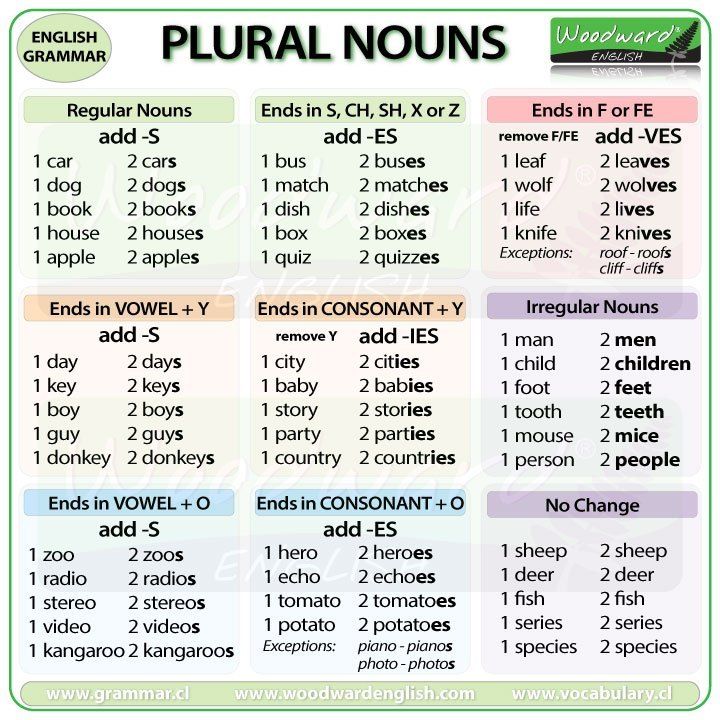
27th–28th week
Baby at 27–28 weeks of gestation. 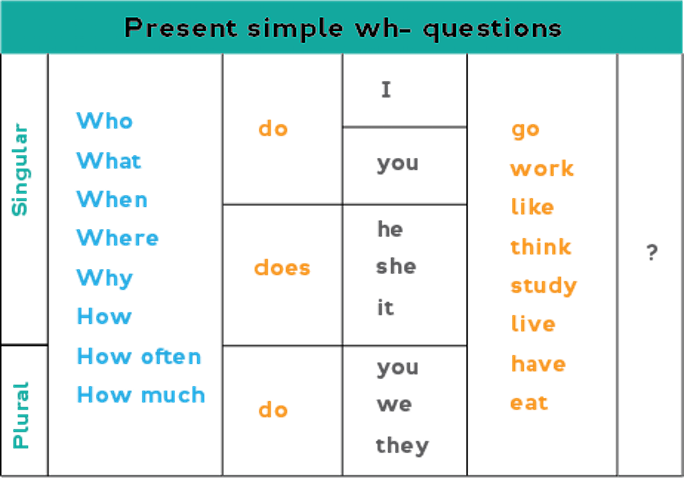 At this time, the baby has the first "toy" - his own umbilical cord, and he actively studies his body. At the end of the 7th month of pregnancy, the child develops an individual metabolism, which he will have all his life. The baby is already quite large - his weight reaches 1.2 kg, and his height is 35 cm.
At this time, the baby has the first "toy" - his own umbilical cord, and he actively studies his body. At the end of the 7th month of pregnancy, the child develops an individual metabolism, which he will have all his life. The baby is already quite large - his weight reaches 1.2 kg, and his height is 35 cm.
© East News 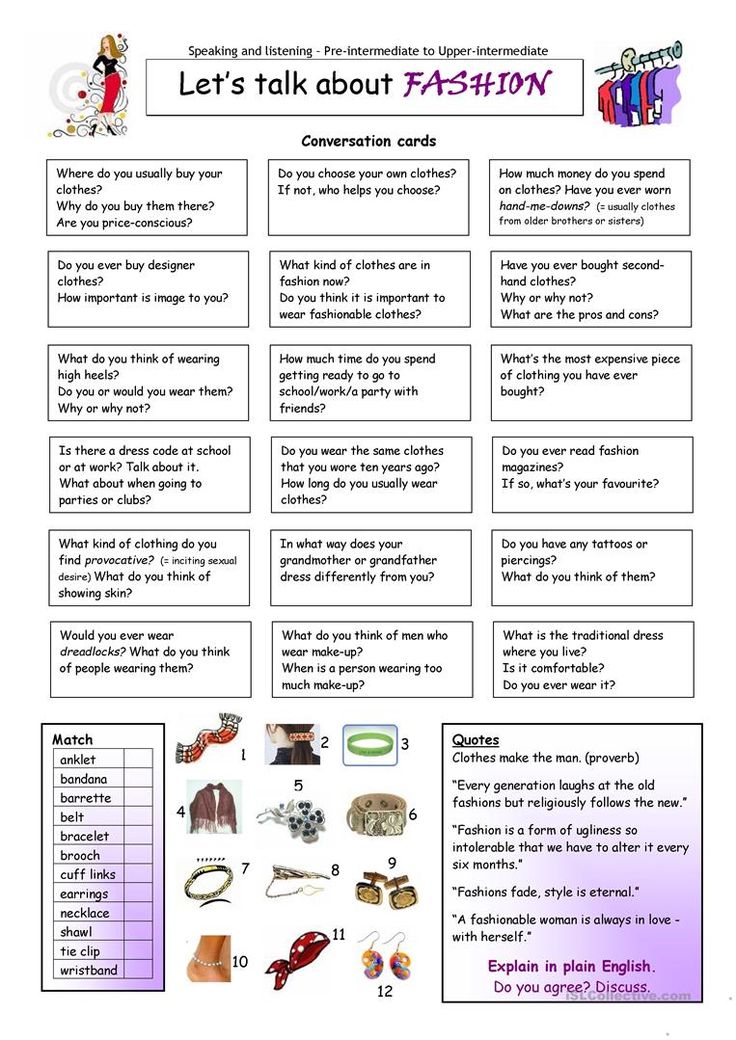 The child hears the work of all the organs of the mother, knows her voice perfectly, thanks to which, immediately after birth, he is able to distinguish her from all other people. The baby's immune system begins to produce antibodies that will protect him from all kinds of infections that may lie in wait in the first days and months after birth.
The child hears the work of all the organs of the mother, knows her voice perfectly, thanks to which, immediately after birth, he is able to distinguish her from all other people. The baby's immune system begins to produce antibodies that will protect him from all kinds of infections that may lie in wait in the first days and months after birth.
© East News  However, his hair and nails are already fully developed, and he himself becomes so big that he has almost no room to maneuver, so he can move less than in earlier stages.
However, his hair and nails are already fully developed, and he himself becomes so big that he has almost no room to maneuver, so he can move less than in earlier stages.
© depositphotos.com 
